Toward a Canon-Conscious Reading of the Bible: Exploring the History and Hermeneutics of the Canon
Published: Mar 2020
Price range: £22.00 through £70.00
Two distinct questions about the canon of the Bible can be raised: (1) How did the biblical canon come to be?, and (2) What effect does that canon have on its readers? The former is a historical question about the formation of the biblical canon; the latter is a hermeneutical question about the function of the biblical canon. Though these questions have often been pursued in virtual isolation from one another, Spellman argues that there are considerable gains from observing the interconnections between the two lines of inquiry.
On the historical question of the origin of the canon, Spellman asks, Is the shape of this collection an accident of history or a result of intelligent design? He concludes that canon-consciousness played an important role in the formation of the canon, even impinging on the work of the biblical authors themselves. On the hermeneutical question, the communities of readers of the Bible may also be shown to have been directed by their own canon-consciousness, using it as a guide in their interpretative task.
In this interdisciplinary work, Spellman marshals historical, theological and hermeneutical resources in order to paint a picture of how the concept of canon can enrich reading communities of today.
Toward a Canon-Conscious Reading of the Bible: Exploring the History and Hermeneutics of the Canon
Price range: £22.00 through £70.00
Two distinct questions about the canon of the Bible can be raised: (1) How did the biblical canon come to be?, and (2) What effect does that canon have on its readers? The former is a historical question about the formation of the biblical canon; the latter is a hermeneutical question about the function of the biblical canon. Though these questions have often been pursued in virtual isolation from one another, Spellman argues that there are considerable gains from observing the interconnections between the two lines of inquiry.
On the historical question of the origin of the canon, Spellman asks, Is the shape of this collection an accident of history or a result of intelligent design? He concludes that canon-consciousness played an important role in the formation of the canon, even impinging on the work of the biblical authors themselves. On the hermeneutical question, the communities of readers of the Bible may also be shown to have been directed by their own canon-consciousness, using it as a guide in their interpretative task.
In this interdisciplinary work, Spellman marshals historical, theological and hermeneutical resources in order to paint a picture of how the concept of canon can enrich reading communities of today.
The Dictionary of Classical Hebrew
Published: Nov 2019
Price range: £35.00 through £445.00
The Dictionary of Classical Hebrew (published 1993-2016) comprises eight volumes plus a ninth volume containing an English–Hebrew Index and Word Frequency Table.
The Dictionary of Classical Hebrew Revised (DCHR) (2018–2028) is a complete revision, with over 100,000 improvements, of the original Dictionary of Classical Hebrew. Three volumes are currently available.
The Concise Dictionary of Classical Hebrew is a one-volume version of The Dictionary of Classical Hebrew.
The Dictionary of Classical Hebrew
Price range: £35.00 through £445.00
The Dictionary of Classical Hebrew (published 1993-2016) comprises eight volumes plus a ninth volume containing an English–Hebrew Index and Word Frequency Table.
The Dictionary of Classical Hebrew Revised (DCHR) (2018–2028) is a complete revision, with over 100,000 improvements, of the original Dictionary of Classical Hebrew. Three volumes are currently available.
The Concise Dictionary of Classical Hebrew is a one-volume version of The Dictionary of Classical Hebrew.
The Dictionary of Classical Hebrew Revised. II. Beth-Waw
Published: Nov 2019
£150.00
The Dictionary of Classical Hebrew Revised (DCHR) is a complete revision (2018–2028) in nine volumes, with over 100,000 improvements, of the original DCH, i.e. Dictionary of Classical Hebrew (1993–2016). This second Volume contains some 2,071 words (lemmas), of which 838 are 'new words' (i.e. not in the standard lexicon of BDB); DCHR II thus adds c. 60% to the number of words for Beth —Waw that are to be found in other Hebrew dictionaries. This revised volume is 40% longer than DCH II (1995), which it replaces. The Dictionary of Classical Hebrew Revised , when completed, will contain more than 6,420 Hebrew words not in BDB, and will refer to many newly published texts, including 540 Dead Sea Scrolls and 4,000 ancient Hebrew inscriptions. New features in DCHR include: a notation of 4,285 byforms (words with the same meaning and similar form) identified for the first time; 717 verbal nouns (nouns derived from a verb) with their own articles (not previously shown in Hebrew lexica), 345 denominative verbs (verbs derived from a noun), and the semantic field to which every word belongs (a totally new feature for Hebrew dictionaries). Data on synonyms have been greatly expanded, and loanwords from other languages included. Articles on personal names show (for the first time) all short forms, long forms, and alternative forms of each name, the Bibliography has been updated and expanded, and 35,000 emendations of biblical texts noted. Every occurrence of each word in Classical Hebrew is noted. All the subjects and objects of verbs are listed, and the verbs used with each noun, as well as all nouns used in a construct (genitive) relation with another noun. As with DCH , every Hebrew word in the Dictionary (except for the variant forms of a word, the byforms and the sections on synonyms) is followed immediately by an English translation, so that the Dictionary can be easily understood by a person with little or no Hebrew. When completed, DCHR will be 5 million words in length (equivalent to 50 standard-size books), 25% longer than DCH , and 4 times the length of BDB and HALOT . The nine volumes of DCHR are expected to be published at intervals of approximately one year after the first volume in August 2018. There is a special discount price for customers subscribing to the DCHR set, and an easy payment plan (details from phoenix.bibs@sheffield.ac.uk).
The Dictionary of Classical Hebrew Revised. II. Beth-Waw
£150.00
The Dictionary of Classical Hebrew Revised (DCHR) is a complete revision (2018–2028) in nine volumes, with over 100,000 improvements, of the original DCH, i.e. Dictionary of Classical Hebrew (1993–2016). This second Volume contains some 2,071 words (lemmas), of which 838 are 'new words' (i.e. not in the standard lexicon of BDB); DCHR II thus adds c. 60% to the number of words for Beth —Waw that are to be found in other Hebrew dictionaries. This revised volume is 40% longer than DCH II (1995), which it replaces. The Dictionary of Classical Hebrew Revised , when completed, will contain more than 6,420 Hebrew words not in BDB, and will refer to many newly published texts, including 540 Dead Sea Scrolls and 4,000 ancient Hebrew inscriptions. New features in DCHR include: a notation of 4,285 byforms (words with the same meaning and similar form) identified for the first time; 717 verbal nouns (nouns derived from a verb) with their own articles (not previously shown in Hebrew lexica), 345 denominative verbs (verbs derived from a noun), and the semantic field to which every word belongs (a totally new feature for Hebrew dictionaries). Data on synonyms have been greatly expanded, and loanwords from other languages included. Articles on personal names show (for the first time) all short forms, long forms, and alternative forms of each name, the Bibliography has been updated and expanded, and 35,000 emendations of biblical texts noted. Every occurrence of each word in Classical Hebrew is noted. All the subjects and objects of verbs are listed, and the verbs used with each noun, as well as all nouns used in a construct (genitive) relation with another noun. As with DCH , every Hebrew word in the Dictionary (except for the variant forms of a word, the byforms and the sections on synonyms) is followed immediately by an English translation, so that the Dictionary can be easily understood by a person with little or no Hebrew. When completed, DCHR will be 5 million words in length (equivalent to 50 standard-size books), 25% longer than DCH , and 4 times the length of BDB and HALOT . The nine volumes of DCHR are expected to be published at intervals of approximately one year after the first volume in August 2018. There is a special discount price for customers subscribing to the DCHR set, and an easy payment plan (details from phoenix.bibs@sheffield.ac.uk).
Divine Election in the Hebrew Bible
Published: Nov 2019
£60.00
To citizens of the modern world the idea that someone or something might be especially elected by God seems problematic. If someone is elected, someone else is not elected. Does the God of all people have preferences? The idea that one particular nation should be elected by God is particularly difficult to accept.
Nevertheless, as this study intends to show, divine election is a central theme in the Hebrew Bible, and present in all its main parts. There are central acts of elections and less central acts of election. Abraham is elected as the founder of the people of Israel. Moses is elected as the ancestor of the religious and political people of Israel. David is elected as first of the Davidic kings. The election of these persons represents something more important than the persons themselves.
There are also other significant acts of election in the Hebrew Bible, especially the election of the land of Israel and of the city of Jerusalem. As well, there is the election of individuals such as the prophets. And even the Assyrians, the Babylonians and King Cyrus of Persia are presented as elected by God for special tasks.
A new full-length study of the important concept of divine election in the Hebrew Bible is long overdue, and Hagelia's readable and balanced monograph can be expected to bring the topic back into contemporary conversation.
Divine Election in the Hebrew Bible
£60.00
To citizens of the modern world the idea that someone or something might be especially elected by God seems problematic. If someone is elected, someone else is not elected. Does the God of all people have preferences? The idea that one particular nation should be elected by God is particularly difficult to accept.
Nevertheless, as this study intends to show, divine election is a central theme in the Hebrew Bible, and present in all its main parts. There are central acts of elections and less central acts of election. Abraham is elected as the founder of the people of Israel. Moses is elected as the ancestor of the religious and political people of Israel. David is elected as first of the Davidic kings. The election of these persons represents something more important than the persons themselves.
There are also other significant acts of election in the Hebrew Bible, especially the election of the land of Israel and of the city of Jerusalem. As well, there is the election of individuals such as the prophets. And even the Assyrians, the Babylonians and King Cyrus of Persia are presented as elected by God for special tasks.
A new full-length study of the important concept of divine election in the Hebrew Bible is long overdue, and Hagelia's readable and balanced monograph can be expected to bring the topic back into contemporary conversation.
The Subversive Chronicler: Narrative Film Theory and Canon Criticism Refocus his Intention
Published: Nov 2019
£55.00
In 1 and 2 Chronicles, commentators have long noted a pattern of retributive justice whereby kings who comply with Yahweh's will are rewarded with long life and honourable burial, whereas those who do not are disgraced. However, another pattern significantly emerges from a group of kings whose careers display an unexpected reversal. No convincing consensus has yet emerged to explain this reversal pattern.
By exploring and adopting the insights of narrative film theory, particularly of cognitive film semiotics, into the effects of macro-repetition, Son uncovers the implications of these unexpected reversals. As the reversal pattern is interwoven with the retributive pattern, the narrative emerges as a falsifying narration, provoking a deep scepticism about the conventional view of retribution theology.
Deleuzian film theory offers a crucial insight into how this falsifying narration works. The reversal pattern has a destabilizing effect, which suggests that the Chronicler's theological outlook is more nuanced than that of Samuel —Kings, or perhaps even frankly subversive of it. From a canonical perspective, furthermore, the presence of the Chronicler's work in the Ketuvim points to its potential function as a subtle theological readjustment in the postexilic Jewish community.
The Subversive Chronicler is then a challenge to the Chronicler's theology as it is commonly understood and also as a refocusing of its difference from the historiography of Samuel —Kings.
The Subversive Chronicler: Narrative Film Theory and Canon Criticism Refocus his Intention
£55.00
In 1 and 2 Chronicles, commentators have long noted a pattern of retributive justice whereby kings who comply with Yahweh's will are rewarded with long life and honourable burial, whereas those who do not are disgraced. However, another pattern significantly emerges from a group of kings whose careers display an unexpected reversal. No convincing consensus has yet emerged to explain this reversal pattern.
By exploring and adopting the insights of narrative film theory, particularly of cognitive film semiotics, into the effects of macro-repetition, Son uncovers the implications of these unexpected reversals. As the reversal pattern is interwoven with the retributive pattern, the narrative emerges as a falsifying narration, provoking a deep scepticism about the conventional view of retribution theology.
Deleuzian film theory offers a crucial insight into how this falsifying narration works. The reversal pattern has a destabilizing effect, which suggests that the Chronicler's theological outlook is more nuanced than that of Samuel —Kings, or perhaps even frankly subversive of it. From a canonical perspective, furthermore, the presence of the Chronicler's work in the Ketuvim points to its potential function as a subtle theological readjustment in the postexilic Jewish community.
The Subversive Chronicler is then a challenge to the Chronicler's theology as it is commonly understood and also as a refocusing of its difference from the historiography of Samuel —Kings.
The Multifaceted Saviour of Psalms 110 and 118: A Canonical Exegesis
Published: Nov 2019
£55.00
Since Gerald H. Wilson's landmark work, The Editing of the Hebrew Psalter (1985), scholars have been divided on how to interpret the appearances of the king in Book V (Psalms 107 —150). Many have agreed with Wilson in seeing a disjunction between Psalms 1 —89 and 90 —150, with Psalm 89 representing the apparent failure of the Davidic covenant, and signalling its replacement by a hope in the direct intervention of Yhwh without a role for a Davidic king. Although others have countered that Book V marks a return of the king, with references to David pointing to renewed hope in the Davidic covenant, in both cases scholars have interacted with the question as it was framed by Wilson.
Vaillancourt moves the discussion forward by broadening the question to the portrayal of the figure of salvation in Book V of the Psalms, and by narrowing the scope to detailed canonical exegesis on two of its most salient psalms.
Canonical exegesis of Psalm 110 displays a cosmic king at the right hand of Yhwh, who has a willing army at his disposal, who will mediate as priest between his people and Yhwh, and who will also accomplish a definitive victory for the people of God.
Canonical exegesis of Psalm 118 displays a suffering and conquering king who leads the victory procession from the battle-field, one whose role resonates with a prophetic figure like Moses (cf. Deut. 18.18), as he echoes the songs of the first (Exod. 15) and of a second exodus (Isa. 12) in his responsive song of thanks (vv. 19 —28).
In the final form of the book of Psalms, the Saviour figure in these psalms emerges as an eschatological figure of salvation who encompasses many hoped-for figures from across the Old Testament in one person, the one who will achieved full-scale deliverance for the people of God.
The Multifaceted Saviour of Psalms 110 and 118: A Canonical Exegesis
£55.00
Since Gerald H. Wilson's landmark work, The Editing of the Hebrew Psalter (1985), scholars have been divided on how to interpret the appearances of the king in Book V (Psalms 107 —150). Many have agreed with Wilson in seeing a disjunction between Psalms 1 —89 and 90 —150, with Psalm 89 representing the apparent failure of the Davidic covenant, and signalling its replacement by a hope in the direct intervention of Yhwh without a role for a Davidic king. Although others have countered that Book V marks a return of the king, with references to David pointing to renewed hope in the Davidic covenant, in both cases scholars have interacted with the question as it was framed by Wilson.
Vaillancourt moves the discussion forward by broadening the question to the portrayal of the figure of salvation in Book V of the Psalms, and by narrowing the scope to detailed canonical exegesis on two of its most salient psalms.
Canonical exegesis of Psalm 110 displays a cosmic king at the right hand of Yhwh, who has a willing army at his disposal, who will mediate as priest between his people and Yhwh, and who will also accomplish a definitive victory for the people of God.
Canonical exegesis of Psalm 118 displays a suffering and conquering king who leads the victory procession from the battle-field, one whose role resonates with a prophetic figure like Moses (cf. Deut. 18.18), as he echoes the songs of the first (Exod. 15) and of a second exodus (Isa. 12) in his responsive song of thanks (vv. 19 —28).
In the final form of the book of Psalms, the Saviour figure in these psalms emerges as an eschatological figure of salvation who encompasses many hoped-for figures from across the Old Testament in one person, the one who will achieved full-scale deliverance for the people of God.
The Song of Songs Afresh: Perspectives on a Biblical Love Poem
Published: Oct 2019
£60.00
This volume is one of the fruits of a six-year series of international conferences on the Song of Songs. The 13 diverse articles here being presented in four categories.
1. Classical exegetical studies. What does the blackness of the woman signify? Ausloos sees a tension between an exegetically appropriate and a politically correct interpretation, Biernot an example of Jewish discourse on blackness and whiteness ranging from antiquity to modern times. The function of the so-called dream in the Song is examined in the context of dreams in the ancient Near East with their two kinds of wake-up expressions (Fernandes). Fischer sees the daughters of Jerusalem as a means of identification for the reader and as placeholders for the young women of society. Next are intertextual readings of the Shulammite with a South African poem (Lombaard) and of the Song's vision of love with mythological traces in the Hebrew Bible (Mathys).
2. Post-modern exegetical studies. Included is a dialogue on horses in love and war (Landy and Metzler), a psychoanalytical reading on the theme of death (van der Zwan), and a blend of Ricoeur and cognitive metaphor theory that profiles the man in the Song (Verde).
3. Jewish studies. Baraniak studies the targumic exegesis, and DamohorskÌÁ the Song in Passover Piyyutim.
4. Hermeneutics. Responsible exegesis of the Song is Oosthuizen's theme, and Scheffler's is varieties of allegorizing.
The Song of Songs Afresh: Perspectives on a Biblical Love Poem
£60.00
This volume is one of the fruits of a six-year series of international conferences on the Song of Songs. The 13 diverse articles here being presented in four categories.
1. Classical exegetical studies. What does the blackness of the woman signify? Ausloos sees a tension between an exegetically appropriate and a politically correct interpretation, Biernot an example of Jewish discourse on blackness and whiteness ranging from antiquity to modern times. The function of the so-called dream in the Song is examined in the context of dreams in the ancient Near East with their two kinds of wake-up expressions (Fernandes). Fischer sees the daughters of Jerusalem as a means of identification for the reader and as placeholders for the young women of society. Next are intertextual readings of the Shulammite with a South African poem (Lombaard) and of the Song's vision of love with mythological traces in the Hebrew Bible (Mathys).
2. Post-modern exegetical studies. Included is a dialogue on horses in love and war (Landy and Metzler), a psychoanalytical reading on the theme of death (van der Zwan), and a blend of Ricoeur and cognitive metaphor theory that profiles the man in the Song (Verde).
3. Jewish studies. Baraniak studies the targumic exegesis, and DamohorskÌÁ the Song in Passover Piyyutim.
4. Hermeneutics. Responsible exegesis of the Song is Oosthuizen's theme, and Scheffler's is varieties of allegorizing.
The Reality of Religious Violence: From Biblical to Modern Times
Published: Sep 2019
£75.00
Violence and religion have been interacting from the beginning of recorded history according to The Reality of Religious Violence: From Biblical to Modern Times. This book addresses two major questions: 1. Does religious violence exist? 2. If so, how is it different from other types of violence?
The first question is a reaction to a whole stream of scholarship led by William T. Cavanaugh, author of The Myth of Religious Violence (2009), which denies that religious violence is a specific category of violence over against many other types of violence that we can name. The second question is whether 'religious violence' is a useful category at all.
This book argues that religious violence is not only a useful category, but also a necessary one if we are to understand our history and seek solutions. It is true, nevertheless, that wars and other types of violence can be caused by problems that have nothing to do with religion.
What is central to this book is the ethical quality of religious violence. Non-religious violence arises from causes one can detect (e.g. oil, water, money). Religious violence does not have any detectable cause, since there is no supernatural force or being that we can identify as the cause. That is what makes religious violence more tragic. Detailed examples are drawn from the Hebrew Bible, Christian texts, and Muslim texts.
The Reality of Religious Violence: From Biblical to Modern Times
£75.00
Violence and religion have been interacting from the beginning of recorded history according to The Reality of Religious Violence: From Biblical to Modern Times. This book addresses two major questions: 1. Does religious violence exist? 2. If so, how is it different from other types of violence?
The first question is a reaction to a whole stream of scholarship led by William T. Cavanaugh, author of The Myth of Religious Violence (2009), which denies that religious violence is a specific category of violence over against many other types of violence that we can name. The second question is whether 'religious violence' is a useful category at all.
This book argues that religious violence is not only a useful category, but also a necessary one if we are to understand our history and seek solutions. It is true, nevertheless, that wars and other types of violence can be caused by problems that have nothing to do with religion.
What is central to this book is the ethical quality of religious violence. Non-religious violence arises from causes one can detect (e.g. oil, water, money). Religious violence does not have any detectable cause, since there is no supernatural force or being that we can identify as the cause. That is what makes religious violence more tragic. Detailed examples are drawn from the Hebrew Bible, Christian texts, and Muslim texts.
God and Humans in the Hebrew Bible and Beyond: A Festschrift for Lennart Boström on his 67th Birthday
Published: Sep 2019
£70.00
In 1990, in his important study The God of the Sages: The Portrayal of God in the Book of Proverbs, Lennart Boström tackled the issue of how the sages viewed their God and God's relationship with the world. In honour of Boström, and in line with that study, this Festschrift takes up this issue anew. A number of international specialists, including James Crenshaw, Göran Eidevall, Mark A. Throntveit, and Antti Laato, discuss various aspects of how God and humans are portrayed in the Bible.
The first section of the book focuses on notions of God. There is a fresh look at monolatry in the Hebrew Bible, and at God's faithfulness in Paul's soteriology. The second section deals with humans, featuring, for example, two articles on Psalm 8.5, one with a focus on the Hebrew Bible, and the other reading the psalm through the eyes of women in Myanmar. There is also an article on angst in wisdom literature.
The third section brings God and humans into dialogue, looking at how various interpretations of suffering in the psalms shape the view of the divine —human relationship, or how God and humans relate to each other in books like Jonah and Ruth. The fourth and last section of the book focuses on God and God's people, where new proposals are presented on the roles played by Zion and by the ten commandments.
This volume presents stimulating and up-to-date engagements with its theme, an excellent resource for scholars of both the Hebrew Bible and the New Testament.
God and Humans in the Hebrew Bible and Beyond: A Festschrift for Lennart Boström on his 67th Birthday
£70.00
In 1990, in his important study The God of the Sages: The Portrayal of God in the Book of Proverbs, Lennart Boström tackled the issue of how the sages viewed their God and God's relationship with the world. In honour of Boström, and in line with that study, this Festschrift takes up this issue anew. A number of international specialists, including James Crenshaw, Göran Eidevall, Mark A. Throntveit, and Antti Laato, discuss various aspects of how God and humans are portrayed in the Bible.
The first section of the book focuses on notions of God. There is a fresh look at monolatry in the Hebrew Bible, and at God's faithfulness in Paul's soteriology. The second section deals with humans, featuring, for example, two articles on Psalm 8.5, one with a focus on the Hebrew Bible, and the other reading the psalm through the eyes of women in Myanmar. There is also an article on angst in wisdom literature.
The third section brings God and humans into dialogue, looking at how various interpretations of suffering in the psalms shape the view of the divine —human relationship, or how God and humans relate to each other in books like Jonah and Ruth. The fourth and last section of the book focuses on God and God's people, where new proposals are presented on the roles played by Zion and by the ten commandments.
This volume presents stimulating and up-to-date engagements with its theme, an excellent resource for scholars of both the Hebrew Bible and the New Testament.
Hebrew Masculinities Anew
Published: Jun 2019
£65.00
The study of biblical masculinities is now a clearly recognizable discipline in critical biblical gender studies. This book, the third in a series of SPP volumes that include Men and Masculinity in the Hebrew Bible and Beyond (ed. Ovidiu Creangă, 2010) and Biblical Masculinities Foregrounded (ed. Ovidiu Creangă and Peter-Ben Smit, 2014), takes stock of recent methodological and thematic developments, while introducing fresh new questions, expanding traditional approaches, and adding new texts to the corpus of masculinities in the Hebrew Bible.
The volume's introduction (Ovidiu Creangă) celebrates the rich palette of approaches and disciplinary intersections that now characterize the study of Hebrew Bible masculinities, while calling attention to understudied topics. The next thirteen chapters dig deep into the methodological building-blocks underpinning biblical masculinity (Stephen Wilson); the theoretically essential distinction between queer and non-queer masculinities (Gil Rosenberg); the often-neglected yet essential representation of God's masculinity (David J.A. Clines); the competing masculinities of God, Pharaoh, and Moses in historical and lesbian perspective (Caralie Focht and Richard Purcell); Queen Jezebel's performance of masculinity (Hilary Lipka); Priestly and Deuteronomic fantasies of male perfection (Sandra Jacobs); the problem-ridden masculinity of Moses (Amy Kalmanofsky); the rhetoric of 'queen-making' in the prophetic literature (Susan E. Haddox); Jonah's homosocial masculinity (Rhiannon Graybill); the scribal masculinity of Daniel (Brian C. DiPalma); the ephemeral masculinity of mortal men (Milena Kirova); the masculine agencies in the Song of Songs (Martti Nissinen); and the intertwining of money and masculinity in the Book of Proverbs (Kelly Murphy). In the final chapter, Stuart Macwilliam reflects on methodological opportunities, thematic expansions, and a future direction for biblical masculinities.
Hebrew Masculinities Anew
£65.00
The study of biblical masculinities is now a clearly recognizable discipline in critical biblical gender studies. This book, the third in a series of SPP volumes that include Men and Masculinity in the Hebrew Bible and Beyond (ed. Ovidiu Creangă, 2010) and Biblical Masculinities Foregrounded (ed. Ovidiu Creangă and Peter-Ben Smit, 2014), takes stock of recent methodological and thematic developments, while introducing fresh new questions, expanding traditional approaches, and adding new texts to the corpus of masculinities in the Hebrew Bible.
The volume's introduction (Ovidiu Creangă) celebrates the rich palette of approaches and disciplinary intersections that now characterize the study of Hebrew Bible masculinities, while calling attention to understudied topics. The next thirteen chapters dig deep into the methodological building-blocks underpinning biblical masculinity (Stephen Wilson); the theoretically essential distinction between queer and non-queer masculinities (Gil Rosenberg); the often-neglected yet essential representation of God's masculinity (David J.A. Clines); the competing masculinities of God, Pharaoh, and Moses in historical and lesbian perspective (Caralie Focht and Richard Purcell); Queen Jezebel's performance of masculinity (Hilary Lipka); Priestly and Deuteronomic fantasies of male perfection (Sandra Jacobs); the problem-ridden masculinity of Moses (Amy Kalmanofsky); the rhetoric of 'queen-making' in the prophetic literature (Susan E. Haddox); Jonah's homosocial masculinity (Rhiannon Graybill); the scribal masculinity of Daniel (Brian C. DiPalma); the ephemeral masculinity of mortal men (Milena Kirova); the masculine agencies in the Song of Songs (Martti Nissinen); and the intertwining of money and masculinity in the Book of Proverbs (Kelly Murphy). In the final chapter, Stuart Macwilliam reflects on methodological opportunities, thematic expansions, and a future direction for biblical masculinities.
The First Christian Believer: In Search of John the Baptist
Published: May 2019
£65.00
Current research on John the Baptist is fixated on reconstructing the historical John against the religious, social and ideological environment of first-century CE Judaism. The consensus is that this John originally lived and operated within Jewish society without any connection with the fledgling Christian community and was made the Messiah's forerunner only in later Christian tradition.
In this study, Nir radically changes the focus for John the Baptist research. All our sources about John, she argues, tell us not about a historical person but lead us invariably to a character who exists essentially in early Christian literature. The Gospels are sources for Christian theology's world of beliefs, ideas and messianic perception in the first century, and its materials about John the Baptist are inevitably the handiwork of Christian tradition and its theological tendencies.
Whatever we are told about John, how he looked, the baptism he instituted, the geographical arena of his activity, the speeches he made, his birth and death, is understandable — whether as isolated details or in their integration into a whole picture — only against the background of Christian theology and its Christology.
As against prevailing research on John the Baptist, which aims to break through the Gospel tradition and expose his original Jewishness, Nir challenges us to draw lines of separation between John and Judaism, affirming his difference from Judaism.
This Christian John, whom we can rightfully call the first Christian believer, is the only John the Baptist we can access.
The First Christian Believer: In Search of John the Baptist
£65.00
Current research on John the Baptist is fixated on reconstructing the historical John against the religious, social and ideological environment of first-century CE Judaism. The consensus is that this John originally lived and operated within Jewish society without any connection with the fledgling Christian community and was made the Messiah's forerunner only in later Christian tradition.
In this study, Nir radically changes the focus for John the Baptist research. All our sources about John, she argues, tell us not about a historical person but lead us invariably to a character who exists essentially in early Christian literature. The Gospels are sources for Christian theology's world of beliefs, ideas and messianic perception in the first century, and its materials about John the Baptist are inevitably the handiwork of Christian tradition and its theological tendencies.
Whatever we are told about John, how he looked, the baptism he instituted, the geographical arena of his activity, the speeches he made, his birth and death, is understandable — whether as isolated details or in their integration into a whole picture — only against the background of Christian theology and its Christology.
As against prevailing research on John the Baptist, which aims to break through the Gospel tradition and expose his original Jewishness, Nir challenges us to draw lines of separation between John and Judaism, affirming his difference from Judaism.
This Christian John, whom we can rightfully call the first Christian believer, is the only John the Baptist we can access.
United in Exile, Reunited in Restoration: The Chronicler’s Agenda
Published: May 2019
£50.00
The books of 1 —2 Chronicles, though ostensibly a history work recounting the past, is in reality a challenge to its fourth-century Jewish audience in Babylonia to make a vital decision about their future. They are presented with the choice of remaining in exile, where they have been born, or of uprooting themselves and travelling to their ancestral but unknown land.
By introducing unique accounts of exile, such as that of the Reubenite leader Beerah (1 Chron. 5), and by reinterpreting familiar accounts of forced migration, such as the Babylonian exile of 'all Israel', the Chronicler reveals the current state of Israel in exile. As he looks into the future, he inserts pleas for restoration on the lips of Hebrew heroes such as David and Hezekiah, along with stories of transformation, like Manasseh's return from humiliating captivity, to educate his readers about their role in completing the process of restoration for all Israel.
Since the exile meant Jerusalem's reduction, the end of the Davidic monarchy, and the scattering of tribal Israel, restoration would mean 'all Israel' reunited in Jerusalem under the levitical priesthood in worship at the rebuilt temple. Cyrus's decree, inspired by Yahweh, had commanded that all God's people 'go up', but Second Temple Israel had stalled somewhere between exile and restoration. Therefore, the Chronicler urges all Diaspora Israel to return home.
Previous studies of the exile —restoration theme in segments of Chronicles (mainly 2 Chron. 36) and in Chronicles —Ezra —Nehemiah have led to the distorted view that the Chronicler is proclaiming victory over exile. Heard on his own terms, the Chronicler is rather dissatisfied with Israel's current state of restoration, optimistic that reunion in Jerusalem will conclude the exile, and adamant that 'all Israel' must take responsibility for the nation's sin and judgment —and restoration.
United in Exile, Reunited in Restoration: The Chronicler’s Agenda
£50.00
The books of 1 —2 Chronicles, though ostensibly a history work recounting the past, is in reality a challenge to its fourth-century Jewish audience in Babylonia to make a vital decision about their future. They are presented with the choice of remaining in exile, where they have been born, or of uprooting themselves and travelling to their ancestral but unknown land.
By introducing unique accounts of exile, such as that of the Reubenite leader Beerah (1 Chron. 5), and by reinterpreting familiar accounts of forced migration, such as the Babylonian exile of 'all Israel', the Chronicler reveals the current state of Israel in exile. As he looks into the future, he inserts pleas for restoration on the lips of Hebrew heroes such as David and Hezekiah, along with stories of transformation, like Manasseh's return from humiliating captivity, to educate his readers about their role in completing the process of restoration for all Israel.
Since the exile meant Jerusalem's reduction, the end of the Davidic monarchy, and the scattering of tribal Israel, restoration would mean 'all Israel' reunited in Jerusalem under the levitical priesthood in worship at the rebuilt temple. Cyrus's decree, inspired by Yahweh, had commanded that all God's people 'go up', but Second Temple Israel had stalled somewhere between exile and restoration. Therefore, the Chronicler urges all Diaspora Israel to return home.
Previous studies of the exile —restoration theme in segments of Chronicles (mainly 2 Chron. 36) and in Chronicles —Ezra —Nehemiah have led to the distorted view that the Chronicler is proclaiming victory over exile. Heard on his own terms, the Chronicler is rather dissatisfied with Israel's current state of restoration, optimistic that reunion in Jerusalem will conclude the exile, and adamant that 'all Israel' must take responsibility for the nation's sin and judgment —and restoration.
Ancestral Queerness: The Normal and the Deviant in the Abraham and Sarah Narratives
Published: May 2019
£50.00
What would it look like to be queer in the time of Abraham and Sarah? What is normative and what is deviant in their stories? What does this have to do with queer lives today?
In Ancestral Queerness, Gil Rosenberg uses a careful comparative method to develop a cross-cultural queer category ('Queer'). He applies this category to Abraham and Sarah and argues that, Abraham and Sarah may usefully be regarded as 'Queer'.
Rosenberg's comparisons draw on a variety of contemporary queer stories, scholarship, and theories. These include a lesbian mother trying to support her partner and newborn daughter, Australian polyamorous families, Lee Edelman's figure of the Child, and gay men building families through surrogacy.
These comparisons lead Rosenberg to surprising new interpretations of several key passages in Genesis 11 —21. For example, he argues that Abraham wants to hide his marriage to Sarah because their relationship is a queer one, and that Sarah may not actually be wanting a biological child. Rosenberg also highlights the combination of normative and deviant elements in Abraham's strategies for obtaining an heir, and the role of ethnic and class difference in Abraham's and Sarah's efforts to become more normative.
Bold in its conclusions but careful and precise in its method, Ancestral Queerness breaks new ground by developing a queer theory applicable to diverse cultures, revealing the bias in previous scholarship on Abraham and Sarah, and opening up new paths of interpretation in their narratives.
Ancestral Queerness: The Normal and the Deviant in the Abraham and Sarah Narratives
£50.00
What would it look like to be queer in the time of Abraham and Sarah? What is normative and what is deviant in their stories? What does this have to do with queer lives today?
In Ancestral Queerness, Gil Rosenberg uses a careful comparative method to develop a cross-cultural queer category ('Queer'). He applies this category to Abraham and Sarah and argues that, Abraham and Sarah may usefully be regarded as 'Queer'.
Rosenberg's comparisons draw on a variety of contemporary queer stories, scholarship, and theories. These include a lesbian mother trying to support her partner and newborn daughter, Australian polyamorous families, Lee Edelman's figure of the Child, and gay men building families through surrogacy.
These comparisons lead Rosenberg to surprising new interpretations of several key passages in Genesis 11 —21. For example, he argues that Abraham wants to hide his marriage to Sarah because their relationship is a queer one, and that Sarah may not actually be wanting a biological child. Rosenberg also highlights the combination of normative and deviant elements in Abraham's strategies for obtaining an heir, and the role of ethnic and class difference in Abraham's and Sarah's efforts to become more normative.
Bold in its conclusions but careful and precise in its method, Ancestral Queerness breaks new ground by developing a queer theory applicable to diverse cultures, revealing the bias in previous scholarship on Abraham and Sarah, and opening up new paths of interpretation in their narratives.
The Dictionary of Classical Hebrew. I. Aleph. Revised Edition
Published: July 2018
£150.00
The Dictionary of Classical Hebrew Revised (DCHR ) is a complete revision, with over 100,000 improvements, of the original Dictionary of Classical Hebrew (1993 —2016).
It contains 6,300 Hebrew words not in the standard lexicon of BDB, and refers to many newly published texts, including 540 Dead Sea Scrolls and 4,000 ancient Hebrew inscriptions. New features include: a notation of 3,700 byforms (words with the same meaning and similar form) identified for the first time; 700 verbal nouns (nouns derived from a verb) with their own articles (not previously shown in Hebrew lexica), 330 denominative verbs (verbs derived from a noun), and the semantic field to which every word belongs (a totally new feature for Hebrew dictionaries).
Data on synonyms have been greatly expanded, and loanwords from other languages included. Articles on personal names show (for the first time) all short forms, long forms, and alternative forms of the name, bibliographies have been updated and expanded, and 35,000 emendations of biblical texts noted. Every occurrence of each word in Classical Hebrew is noted.
All the subjects and objects of verbs are listed, and the verbs used with each noun, as well as all nouns used in a construct (genitive) relation with another noun. As with DCH, every Hebrew word in the Dictionary (except for the sections on synonyms) is followed immediately by an English translation, so that the Dictionary can be easily understood by a person with little or no Hebrew. When completed, DCHR will be 5 million words in length (equivalent to 50 standard-size books), 25% longer than DCH, and 4 times the length of BDB and HALOT.
There is a special discount price for customers subscribing to the DCHR set, and an easy payment plan (details from phoenix.bibs@sheffield.ac.uk).
The Dictionary of Classical Hebrew. I. Aleph. Revised Edition
£150.00
The Dictionary of Classical Hebrew Revised (DCHR ) is a complete revision, with over 100,000 improvements, of the original Dictionary of Classical Hebrew (1993 —2016).
It contains 6,300 Hebrew words not in the standard lexicon of BDB, and refers to many newly published texts, including 540 Dead Sea Scrolls and 4,000 ancient Hebrew inscriptions. New features include: a notation of 3,700 byforms (words with the same meaning and similar form) identified for the first time; 700 verbal nouns (nouns derived from a verb) with their own articles (not previously shown in Hebrew lexica), 330 denominative verbs (verbs derived from a noun), and the semantic field to which every word belongs (a totally new feature for Hebrew dictionaries).
Data on synonyms have been greatly expanded, and loanwords from other languages included. Articles on personal names show (for the first time) all short forms, long forms, and alternative forms of the name, bibliographies have been updated and expanded, and 35,000 emendations of biblical texts noted. Every occurrence of each word in Classical Hebrew is noted.
All the subjects and objects of verbs are listed, and the verbs used with each noun, as well as all nouns used in a construct (genitive) relation with another noun. As with DCH, every Hebrew word in the Dictionary (except for the sections on synonyms) is followed immediately by an English translation, so that the Dictionary can be easily understood by a person with little or no Hebrew. When completed, DCHR will be 5 million words in length (equivalent to 50 standard-size books), 25% longer than DCH, and 4 times the length of BDB and HALOT.
There is a special discount price for customers subscribing to the DCHR set, and an easy payment plan (details from phoenix.bibs@sheffield.ac.uk).
Dictionary of the Bible and Western Culture
Published: Nov 2017
Price range: £19.50 through £60.00
Consumers of culture in the modern world — high culture or popular culture — discover before long that the Bible, its tales and its characters and its idioms, is woven into the culture. Most of us wish we knew the Bible better, and are often at a loss to know what the biblical source or reference is to phrases or ideas we encounter.
The editors of this unique volume have seen the need for an easy-to-use reference guide for those needing to track down information on characters, phrases, places, and concepts originating in the Bible. They assembled 200 scholars to write 1000 encyclopaedia entries on such biblical backgrounds to Western culture. The contributors to the volume have in mind readers without the specialization of formal biblical studies, and even those not familiar with the Bible's basic content. The presentation is twofold: entries begin with discussion of biblical terms in their original settings, and then illustrate occasions when those terms reappear in later cultural artefacts. This volume is then a dictionary of the reception of the Bible in later Western artistic and intellectual expression.
There is a great deal here to explore and discover; turning these pages will prove illuminating not only as an introduction to biblical literature but also as a demonstration of the Bible's persistent contributions to our cultural heritage.
Dictionary of the Bible and Western Culture
Price range: £19.50 through £60.00
Consumers of culture in the modern world — high culture or popular culture — discover before long that the Bible, its tales and its characters and its idioms, is woven into the culture. Most of us wish we knew the Bible better, and are often at a loss to know what the biblical source or reference is to phrases or ideas we encounter.
The editors of this unique volume have seen the need for an easy-to-use reference guide for those needing to track down information on characters, phrases, places, and concepts originating in the Bible. They assembled 200 scholars to write 1000 encyclopaedia entries on such biblical backgrounds to Western culture. The contributors to the volume have in mind readers without the specialization of formal biblical studies, and even those not familiar with the Bible's basic content. The presentation is twofold: entries begin with discussion of biblical terms in their original settings, and then illustrate occasions when those terms reappear in later cultural artefacts. This volume is then a dictionary of the reception of the Bible in later Western artistic and intellectual expression.
There is a great deal here to explore and discover; turning these pages will prove illuminating not only as an introduction to biblical literature but also as a demonstration of the Bible's persistent contributions to our cultural heritage.
Feminist Interpretation of the Hebrew Bible in Retrospect: II. Social Locations
Published: Nov 2017
Price range: £25.00 through £60.00
This is the second of a set of three volumes reviewing the progress of feminist Hebrew Bible scholarship over the last 40 years. In it, fourteen essayists focus on the feminist work from various geographical areas and different hermeneutical locations.
Each essay explores the range and depth of feminist exegesis, presents substantial yet easily digestible trends, preferences and perspectives in feminist scholarship, and demonstrates that feminist biblical approaches are not monolithic but diverse in feminist conviction, hermeneutics and method.
The result of this collaborative task is a comprehensive though selective survey, which includes suggestions for future feminist engagement. What feminist biblical scholarship has accomplished during the past forty years is no small feat. But it becomes clear from this volume that much remains to be done in the pursuit of dismantling structures of gender domination in Hebrew Bible exegesis and beyond.
Feminist Interpretation of the Hebrew Bible in Retrospect: II. Social Locations
Price range: £25.00 through £60.00
This is the second of a set of three volumes reviewing the progress of feminist Hebrew Bible scholarship over the last 40 years. In it, fourteen essayists focus on the feminist work from various geographical areas and different hermeneutical locations.
Each essay explores the range and depth of feminist exegesis, presents substantial yet easily digestible trends, preferences and perspectives in feminist scholarship, and demonstrates that feminist biblical approaches are not monolithic but diverse in feminist conviction, hermeneutics and method.
The result of this collaborative task is a comprehensive though selective survey, which includes suggestions for future feminist engagement. What feminist biblical scholarship has accomplished during the past forty years is no small feat. But it becomes clear from this volume that much remains to be done in the pursuit of dismantling structures of gender domination in Hebrew Bible exegesis and beyond.
Ears That Hear: Explorations in Theological Interpretation of the Bible
Published: Nov 2017
Price range: £25.00 through £60.00
The contemporary renaissance of theological interpretation as an approach to reading the Bible has brought with it a host of questions. Most importantly, what is the relationship between theological interpretation and more traditional forms of historical inquiry characteristic of the field in the modern era? Does theological interpretation require that the church's faith determine the meaning of biblical texts? How does a theological hermeneutic navigate the conventional roles of author, text, and reader? What are the natural intellectual companions of theological interpretation?
Essays in this volume tackle questions like these primarily by engaging directly with biblical texts, both in theological interpretation for its own sake and to see what the texts themselves might suggest about doing theological interpretation. The result is a much-needed exploration of theological interpretation in the hands of biblical scholars, theologians, and linguists occupied with exegesis.
The volume arises from an international colloquium on the theological interpretation of the Bible held at Laidlaw College in Auckland, New Zealand, in August 2011.
Ears That Hear: Explorations in Theological Interpretation of the Bible
Price range: £25.00 through £60.00
The contemporary renaissance of theological interpretation as an approach to reading the Bible has brought with it a host of questions. Most importantly, what is the relationship between theological interpretation and more traditional forms of historical inquiry characteristic of the field in the modern era? Does theological interpretation require that the church's faith determine the meaning of biblical texts? How does a theological hermeneutic navigate the conventional roles of author, text, and reader? What are the natural intellectual companions of theological interpretation?
Essays in this volume tackle questions like these primarily by engaging directly with biblical texts, both in theological interpretation for its own sake and to see what the texts themselves might suggest about doing theological interpretation. The result is a much-needed exploration of theological interpretation in the hands of biblical scholars, theologians, and linguists occupied with exegesis.
The volume arises from an international colloquium on the theological interpretation of the Bible held at Laidlaw College in Auckland, New Zealand, in August 2011.
Feminist Interpretation of the Hebrew Bible in Retrospect: I. Biblical Books
Published: Oct 2017
Price range: £25.00 through £60.00
This is the first of a set of three volumes reviewing the progress of feminist Hebrew Bible scholarship over the last 40 years. In it, fourteen essayists focus on the feminist work on each of the biblical books.
Each essay explores the range and depth of feminist exegesis, presents substantial yet easily digestible trends, preferences and perspectives in feminist scholarship, and demonstrates that feminist biblical approaches are not monolithic but diverse in feminist conviction, hermeneutics and method.
The result of this collaborative task is a comprehensive though selective survey, which includes suggestions for future feminist engagement. What feminist biblical scholarship has accomplished during the past forty years is no small feat. But it becomes clear from this volume that much remains to be done in the pursuit of dismantling structures of gender domination in Hebrew Bible exegesis and beyond.
Feminist Interpretation of the Hebrew Bible in Retrospect: I. Biblical Books
Price range: £25.00 through £60.00
This is the first of a set of three volumes reviewing the progress of feminist Hebrew Bible scholarship over the last 40 years. In it, fourteen essayists focus on the feminist work on each of the biblical books.
Each essay explores the range and depth of feminist exegesis, presents substantial yet easily digestible trends, preferences and perspectives in feminist scholarship, and demonstrates that feminist biblical approaches are not monolithic but diverse in feminist conviction, hermeneutics and method.
The result of this collaborative task is a comprehensive though selective survey, which includes suggestions for future feminist engagement. What feminist biblical scholarship has accomplished during the past forty years is no small feat. But it becomes clear from this volume that much remains to be done in the pursuit of dismantling structures of gender domination in Hebrew Bible exegesis and beyond.
The Decalogue and its Cultural Influence
Published: Oct 2017
Price range: £33.00 through £70.00
Reception history is one of the most inviting, yet also one of the most difficult, fields in the study of the Bible today. It is difficult because it involves so many layers of expertise. The reception-historian does not only need a comprehensive knowledge and understanding of the biblical text itself, but also familiarity with the cultures and intellectual background of the many diverse ages in which it has been read and appropriated; and in addition needs to be versed in media other than writing, including the visual and performing arts.
But it is inviting because it carries its practitioners so far beyond the confines of ordinary textual study, with its concern for language and text, and out into an ocean of interdisciplinary engagement with writings that have, after all, stimulated the imaginations as well as the intellects of generations of religious (and non-religious) readers. The Decalogue is an obvious candidate for a reception-historical treatment. It has acquired over the centuries an enormous weight of commentary, and has been assimilated into the most varied cultures. Though a text, it has often also been an icon, appearing on walls in churches and now even in American courthouses. The subject was ripe for study, and the conference at which the papers in this book were delivered marked a significant milestone in biblical reception history' (from John Barton's Preface to the volume).
The 21 papers in this volume offer the richest and most wide-ranging interdisciplinary collection of studies on the reception of the Decalogue in culture, and will prove to be a fundamental resource for students of the biblical text and of the reception of the Bible in general.
The Decalogue and its Cultural Influence
Price range: £33.00 through £70.00
Reception history is one of the most inviting, yet also one of the most difficult, fields in the study of the Bible today. It is difficult because it involves so many layers of expertise. The reception-historian does not only need a comprehensive knowledge and understanding of the biblical text itself, but also familiarity with the cultures and intellectual background of the many diverse ages in which it has been read and appropriated; and in addition needs to be versed in media other than writing, including the visual and performing arts.
But it is inviting because it carries its practitioners so far beyond the confines of ordinary textual study, with its concern for language and text, and out into an ocean of interdisciplinary engagement with writings that have, after all, stimulated the imaginations as well as the intellects of generations of religious (and non-religious) readers. The Decalogue is an obvious candidate for a reception-historical treatment. It has acquired over the centuries an enormous weight of commentary, and has been assimilated into the most varied cultures. Though a text, it has often also been an icon, appearing on walls in churches and now even in American courthouses. The subject was ripe for study, and the conference at which the papers in this book were delivered marked a significant milestone in biblical reception history' (from John Barton's Preface to the volume).
The 21 papers in this volume offer the richest and most wide-ranging interdisciplinary collection of studies on the reception of the Decalogue in culture, and will prove to be a fundamental resource for students of the biblical text and of the reception of the Bible in general.
Feminist Interpretation of the Hebrew Bible in Retrospect. III: Methods
Published: Oct 2017
Price range: £25.00 through £60.00
This is the third of a set of three volumes reviewing the progress of feminist Hebrew Bible scholarship over the last forty years. In this third volume, eighteen contributors focus on the wide range of exegetical methods as they have been productively employed in feminist biblical interpretations.
More specifically, each essay investigates how feminist Hebrew Bible exegetes have worked with exegetical methods. Each essay surveys the method under consideration as it has emerged in academic discourse generally and in biblical studies in particular. Each essay also explains how feminist uses of the various exegetical methods have been deeply embedded within the theological, cultural, and even political expectations and assumptions of readers of the Bible.
This volume asks readers to come to terms with the following question: What are the best methods for feminist exegesis in the light of past and present socio-political, theological, or hermeneutical developments in reading the Bible? After all, feminist theorists have come to recognize that methods are always already situated within powerful epistemological and methodological structures that have their roots in vast arrays of historical, political, economic, social, and religious factors. This volume encourages feminist debate on these complex issues that stand at the heart of biblical exegesis.
Feminist Interpretation of the Hebrew Bible in Retrospect. III: Methods
Price range: £25.00 through £60.00
This is the third of a set of three volumes reviewing the progress of feminist Hebrew Bible scholarship over the last forty years. In this third volume, eighteen contributors focus on the wide range of exegetical methods as they have been productively employed in feminist biblical interpretations.
More specifically, each essay investigates how feminist Hebrew Bible exegetes have worked with exegetical methods. Each essay surveys the method under consideration as it has emerged in academic discourse generally and in biblical studies in particular. Each essay also explains how feminist uses of the various exegetical methods have been deeply embedded within the theological, cultural, and even political expectations and assumptions of readers of the Bible.
This volume asks readers to come to terms with the following question: What are the best methods for feminist exegesis in the light of past and present socio-political, theological, or hermeneutical developments in reading the Bible? After all, feminist theorists have come to recognize that methods are always already situated within powerful epistemological and methodological structures that have their roots in vast arrays of historical, political, economic, social, and religious factors. This volume encourages feminist debate on these complex issues that stand at the heart of biblical exegesis.
Biblical Masculinities Foregrounded
Published: Oct 2017
Price range: £25.00 through £65.00
Biblical Masculinities Foregrounded brings together ten innovative studies on varieties of masculinity evidenced in the Hebrew Bible, the New Testament and other early Christian writings. A sequel to the 2010 collection, Men and Masculinity in the Hebrew Bible and Beyond, this new volume raises important questions about why the study of biblical masculinities matters, what it contributes to our knowledge of the ancient writers' world as well as to our contemporary world, and which methods adequately attend to that study. The volume is designed as a resource for scholars of both Testaments working from a variety of biblical traditions and ideological perspectives on masculinity.
The following studies are offered as companions in the conversation: Yahweh's masculinity in appearances in glory in Exodus and Ezekiel (Alan Hooker); Proverbs' (de)construction of masculinity (Hilary Lipka); Saul's troubled masculinity in 1 —2 Samuel (Marcel M€Äcelaru); weeping men in the Torah and the Deuteronomistic history (Milena Kirova); Athaliah's manly rule (Stuart Macwilliam); Joseph of Nazareth as an everyday man (Justin Glessner); being a male disciple in Matthew's 'antitheses' (Hans-Ulrich Weidemann); eunuch masculinity in Matthew's Gospel (Susanna Asikainen); masculinity and circumcision in the first century (Karin Neutel and Matthew Anderson); and Thecla's masculinity in the Acts of Thecla (Peter-Ben Smit). Ovidiu Creangă opens the volume with a critical appraisal of the current state of play in the field, while Martti Nissinen and Bjorn Krondorfer offer closing critical reflections that situate the book's topics within broader debates regarding masculinities in religious studies.
Biblical Masculinities Foregrounded
Price range: £25.00 through £65.00
Biblical Masculinities Foregrounded brings together ten innovative studies on varieties of masculinity evidenced in the Hebrew Bible, the New Testament and other early Christian writings. A sequel to the 2010 collection, Men and Masculinity in the Hebrew Bible and Beyond, this new volume raises important questions about why the study of biblical masculinities matters, what it contributes to our knowledge of the ancient writers' world as well as to our contemporary world, and which methods adequately attend to that study. The volume is designed as a resource for scholars of both Testaments working from a variety of biblical traditions and ideological perspectives on masculinity.
The following studies are offered as companions in the conversation: Yahweh's masculinity in appearances in glory in Exodus and Ezekiel (Alan Hooker); Proverbs' (de)construction of masculinity (Hilary Lipka); Saul's troubled masculinity in 1 —2 Samuel (Marcel M€Äcelaru); weeping men in the Torah and the Deuteronomistic history (Milena Kirova); Athaliah's manly rule (Stuart Macwilliam); Joseph of Nazareth as an everyday man (Justin Glessner); being a male disciple in Matthew's 'antitheses' (Hans-Ulrich Weidemann); eunuch masculinity in Matthew's Gospel (Susanna Asikainen); masculinity and circumcision in the first century (Karin Neutel and Matthew Anderson); and Thecla's masculinity in the Acts of Thecla (Peter-Ben Smit). Ovidiu Creangă opens the volume with a critical appraisal of the current state of play in the field, while Martti Nissinen and Bjorn Krondorfer offer closing critical reflections that situate the book's topics within broader debates regarding masculinities in religious studies.
The Female Ruse: Women’s Deception and Divine Sanction in the Hebrew Bible
Published: Sep 2017
Price range: £25.00 through £60.00
From Eve to Esther, the Hebrew Bible is replete with gendered tales of trickery. A lie is uttered, a mask donned, a seduction staged, while redemption is propelled forward, guided by the divine hand. From the first 'female ruse' — Eve presenting the fruit of the tree of knowledge to Adam — humanity becomes embodied, engaged in history, moving from the Garden to exile, from wandering to homeland and redemption (and back again). Consider Rebekah dressing her beloved son in goatskins to steal the blessing from his blind father; Lot's daughters lying with their drunken father, and then conceiving the founding fathers of Ammon and Moab; Leah and Rachel, the mothers of the twelve tribes of Israel, duping Jacob on their wedding night; Tamar's seduction of Judah, her father-in-law, who then bears the progenitor of the Davidic line; Naomi sending Ruth to the threshing floor to seduce Boaz by night; Bathsheba invoking an oath that King David had supposedly made in order to forward Solomon, her son, as successor to the monarchy; and Queen Esther concealing her Jewish identity in the Persian imperial court. Over the course of nine chapters, the author traces these narratives of deception; in each case, God is in cahoots with these feminine agents in advancing the providential plan. A tension holds between the 'best laid plans' of men and the divine will as forwarded by women. Drawing on classic rabbinic sources and modern literary exegesis, the author exposes the conflict between the simple progression of genealogies and the process of selection through alliances of family and kin. Women are at the crux of that conflict, seemingly compelled to choose the indirect route while the deity appears to endorse their lie.
The Female Ruse: Women’s Deception and Divine Sanction in the Hebrew Bible
Price range: £25.00 through £60.00
From Eve to Esther, the Hebrew Bible is replete with gendered tales of trickery. A lie is uttered, a mask donned, a seduction staged, while redemption is propelled forward, guided by the divine hand. From the first 'female ruse' — Eve presenting the fruit of the tree of knowledge to Adam — humanity becomes embodied, engaged in history, moving from the Garden to exile, from wandering to homeland and redemption (and back again). Consider Rebekah dressing her beloved son in goatskins to steal the blessing from his blind father; Lot's daughters lying with their drunken father, and then conceiving the founding fathers of Ammon and Moab; Leah and Rachel, the mothers of the twelve tribes of Israel, duping Jacob on their wedding night; Tamar's seduction of Judah, her father-in-law, who then bears the progenitor of the Davidic line; Naomi sending Ruth to the threshing floor to seduce Boaz by night; Bathsheba invoking an oath that King David had supposedly made in order to forward Solomon, her son, as successor to the monarchy; and Queen Esther concealing her Jewish identity in the Persian imperial court. Over the course of nine chapters, the author traces these narratives of deception; in each case, God is in cahoots with these feminine agents in advancing the providential plan. A tension holds between the 'best laid plans' of men and the divine will as forwarded by women. Drawing on classic rabbinic sources and modern literary exegesis, the author exposes the conflict between the simple progression of genealogies and the process of selection through alliances of family and kin. Women are at the crux of that conflict, seemingly compelled to choose the indirect route while the deity appears to endorse their lie.
Journeys in the Songscape: Space and the Song of Songs
Published: Sep 2017
Price range: £20.00 through £60.00
The poetic world of the Song of Songs is a famously heady and distortive landscape, filled with bright sunlit rills, nocturnal cityscapes, and fecund bodies laid out like kingdoms. But what does the Song's use and abuse of spatial relationships tell us about its subject matter, and what do its strange panoramas tell us about literary space more broadly? Directly challenging recent methodological trends in biblical spatial studies, Journeys in the Songscape uses a range of innovative critical tools to explore, map and critique poetic space in the Song of Songs.
Taking the reader on a series of journeys across the Song's gendered, rural, urban and bodily spaces, Meredith argues that the worlds that spring up between the Song's lovers are all subtle reimaginings of the space between the biblical page and its own readers, and that at the heart of the Song is a (con)fusion of the dynamics of loving with the experience of reading. Love is at work in the Song, says Meredith, but it is not its subject so much as a sign under which collusions of power, textuality, space and subjectivity labour. The Song's world speaks not only to sexual relationships, then, but to the structure of language itself; textual spaces do not organize textual meaning but rather image its fundamental instability.
Journeys in the Songscape is a bold new literary treatment of the Song of Songs, but it is also a rethinking of what we mean by the term 'literary space', and represents a playful incitement to reconsider how critical tools are put to use in apprehending space as a literary construct.
Journeys in the Songscape: Space and the Song of Songs
Price range: £20.00 through £60.00
The poetic world of the Song of Songs is a famously heady and distortive landscape, filled with bright sunlit rills, nocturnal cityscapes, and fecund bodies laid out like kingdoms. But what does the Song's use and abuse of spatial relationships tell us about its subject matter, and what do its strange panoramas tell us about literary space more broadly? Directly challenging recent methodological trends in biblical spatial studies, Journeys in the Songscape uses a range of innovative critical tools to explore, map and critique poetic space in the Song of Songs.
Taking the reader on a series of journeys across the Song's gendered, rural, urban and bodily spaces, Meredith argues that the worlds that spring up between the Song's lovers are all subtle reimaginings of the space between the biblical page and its own readers, and that at the heart of the Song is a (con)fusion of the dynamics of loving with the experience of reading. Love is at work in the Song, says Meredith, but it is not its subject so much as a sign under which collusions of power, textuality, space and subjectivity labour. The Song's world speaks not only to sexual relationships, then, but to the structure of language itself; textual spaces do not organize textual meaning but rather image its fundamental instability.
Journeys in the Songscape is a bold new literary treatment of the Song of Songs, but it is also a rethinking of what we mean by the term 'literary space', and represents a playful incitement to reconsider how critical tools are put to use in apprehending space as a literary construct.
Habitat, Human, and Holy: An Eco-Rhetorical Reading of the Gospel of Matthew
Published: Sep 2017
Price range: £20.00 through £50.00
Texts are rhetorical; they have an effect; they shape the mind and emotions of the readers who engage the text. Readers, in their turn, attend to the rhetoric of a text through the interpretative lens they bring to their reading of the text at the same time as they are being shaped by its rhetoric. Elaine Wainwright's eco-rhetorical reading of the Gospel of Matthew explores this interplay of rhetoric and perspective.
An ecological perspective or hermeneutic is relatively new within biblical studies. It continues to be shaped and formed. Lorraine Code's call to 'ecological thinking' as a new 'social imaginary' informs the ecological perspective that Wainwright brings to this particular reading of the Gospel of Matthew. It is attentive to the interrelationships of all Earth constituents, and functions as a lens through which one can read the entire Gospel of Matthew. Such a perspective functions well with the particular rhetorical approach that guides this ecological reading. This approach is attentive to a complex weaving of material and 'other-than-human' as well as human features into the fabric of the text: hence the title Habitat, Human and Holy. It is their interaction in the text that constructs its rhetoric and it is this that engages the ecological reader.
The story of Jesus, Emmanu-el, as it unfolds in the carefully structured Gospel of Matthew, is here read using an ecological hermeneutic and a rhetorical way of reading. Significant new insights emerge at each step of the way.
Habitat, Human, and Holy: An Eco-Rhetorical Reading of the Gospel of Matthew
Price range: £20.00 through £50.00
Texts are rhetorical; they have an effect; they shape the mind and emotions of the readers who engage the text. Readers, in their turn, attend to the rhetoric of a text through the interpretative lens they bring to their reading of the text at the same time as they are being shaped by its rhetoric. Elaine Wainwright's eco-rhetorical reading of the Gospel of Matthew explores this interplay of rhetoric and perspective.
An ecological perspective or hermeneutic is relatively new within biblical studies. It continues to be shaped and formed. Lorraine Code's call to 'ecological thinking' as a new 'social imaginary' informs the ecological perspective that Wainwright brings to this particular reading of the Gospel of Matthew. It is attentive to the interrelationships of all Earth constituents, and functions as a lens through which one can read the entire Gospel of Matthew. Such a perspective functions well with the particular rhetorical approach that guides this ecological reading. This approach is attentive to a complex weaving of material and 'other-than-human' as well as human features into the fabric of the text: hence the title Habitat, Human and Holy. It is their interaction in the text that constructs its rhetoric and it is this that engages the ecological reader.
The story of Jesus, Emmanu-el, as it unfolds in the carefully structured Gospel of Matthew, is here read using an ecological hermeneutic and a rhetorical way of reading. Significant new insights emerge at each step of the way.
The Letter to the Romans: Paul among the Ecologists
Published: Sep 2017
Price range: £23.00 through £60.00
'What God has joined together, let no one put asunder' is a motto for this commentary. Against a prevailing theological tradition that God's compassion is for human beings only and not also for non-human creation and the earth, Tonstad raises his voice in protest. The 'sundering' omissions are so monumental that only a renewed reading of Romans from the ground up can hope to undo them.
If we read Romans through the eyes of Tonstad, Paul will be found to be speaking about the faithfulness of Christ and not only about faith in Christ; he will describe sin in societal terms and not only as a problem of individuals; his enigmatic 'I' in Romans 7 will tell the story of Eve and not only rehash his own biography; and Paul will give voice to non-human creation and the earth to a degree that is elsewhere heard in the Bible only in the Old Testament and, of course, hardly ever in the pulpit or the seminary.
The theology of Romans will turn out to be an inclusive theology of divine compassion rather than a theology of divine sovereignty, arbitrarily exercised. On the theological foundation of compassion, Paul outlines an ethical vision of compassion in human community, with regard to citizenship and government, and in the mixed fellowship of Jews and Gentiles in the house churches in Rome. Paul's ecological bona fides are inseparable from his theological vision and not an imposition from without; his call to mercy blends with the best and most urgent sentiments of contemporary ecologists.
In the striking reciprocity between theology and ecology in Romans, Paul puts on display what God has joined together, and, better still, what God has done to join together all that is asunder.
The Letter to the Romans: Paul among the Ecologists
Price range: £23.00 through £60.00
'What God has joined together, let no one put asunder' is a motto for this commentary. Against a prevailing theological tradition that God's compassion is for human beings only and not also for non-human creation and the earth, Tonstad raises his voice in protest. The 'sundering' omissions are so monumental that only a renewed reading of Romans from the ground up can hope to undo them.
If we read Romans through the eyes of Tonstad, Paul will be found to be speaking about the faithfulness of Christ and not only about faith in Christ; he will describe sin in societal terms and not only as a problem of individuals; his enigmatic 'I' in Romans 7 will tell the story of Eve and not only rehash his own biography; and Paul will give voice to non-human creation and the earth to a degree that is elsewhere heard in the Bible only in the Old Testament and, of course, hardly ever in the pulpit or the seminary.
The theology of Romans will turn out to be an inclusive theology of divine compassion rather than a theology of divine sovereignty, arbitrarily exercised. On the theological foundation of compassion, Paul outlines an ethical vision of compassion in human community, with regard to citizenship and government, and in the mixed fellowship of Jews and Gentiles in the house churches in Rome. Paul's ecological bona fides are inseparable from his theological vision and not an imposition from without; his call to mercy blends with the best and most urgent sentiments of contemporary ecologists.
In the striking reciprocity between theology and ecology in Romans, Paul puts on display what God has joined together, and, better still, what God has done to join together all that is asunder.
Persuading God: Rhetorical Studies of First-Person Psalms
Published: Sep 2017
Price range: £19.00 through £45.00
Written by a scholar of rhetoric, Persuading God demonstrates that the first-person psalms that make up over a third of the Book of Psalms were designed not simply to express the feelings of individual Israelites but to persuade God to act.
The book casts a new light on the roles of all the players in the situations in which the psalms were composed and performed: the person represented by the speaker on whose particular troubles the psalm is based, the spectators and opponents who are sometimes addressed directly by the speaker, the poet-musicians who craft the speaker's case and occasionally undermine it, and most of all, God as the direct addressee whose presumed openness to persuasion and willingness to intervene underlie the entire event.
The readings provide new explanations for many long-standing puzzles: how to deal with the long string of imprecations in Psalm 109, whether Psalm 4 is best read as protesting a false accusation or as countering apostasy, why so many verses in Psalm 62 begin with the exclamation ach , and, more generally, why so many first-person psalms seem to swing abruptly between despair and praise.
The book demonstrates the relevance of contemporary rhetorical theory to Hebrew Bible studies, including the work of ChaÌøm Perelman and Lucie Olbrechts-Tyteca, Kenneth Burke, and Mikhail Bakhtin. It also illuminates the state of rhetorical practice in the ancient Near East at the same time that rhetorical theories were first being codified and taught in archaic and classical Athens.
Persuading God: Rhetorical Studies of First-Person Psalms
Price range: £19.00 through £45.00
Written by a scholar of rhetoric, Persuading God demonstrates that the first-person psalms that make up over a third of the Book of Psalms were designed not simply to express the feelings of individual Israelites but to persuade God to act.
The book casts a new light on the roles of all the players in the situations in which the psalms were composed and performed: the person represented by the speaker on whose particular troubles the psalm is based, the spectators and opponents who are sometimes addressed directly by the speaker, the poet-musicians who craft the speaker's case and occasionally undermine it, and most of all, God as the direct addressee whose presumed openness to persuasion and willingness to intervene underlie the entire event.
The readings provide new explanations for many long-standing puzzles: how to deal with the long string of imprecations in Psalm 109, whether Psalm 4 is best read as protesting a false accusation or as countering apostasy, why so many verses in Psalm 62 begin with the exclamation ach , and, more generally, why so many first-person psalms seem to swing abruptly between despair and praise.
The book demonstrates the relevance of contemporary rhetorical theory to Hebrew Bible studies, including the work of ChaÌøm Perelman and Lucie Olbrechts-Tyteca, Kenneth Burke, and Mikhail Bakhtin. It also illuminates the state of rhetorical practice in the ancient Near East at the same time that rhetorical theories were first being codified and taught in archaic and classical Athens.
About Earth’s Child: An Ecological Listening to the Gospel of Luke
Published: Sep 2017
Price range: £20.00 through £60.00
How does sensitivity to current ecological and environmental issues impact on our hearing of the Gospels? About Earth's Child listens for the ecological sounds that are present in Luke's narrative symphony and offers a way for readers today to identify them.
Michael Trainor approaches Luke's Gospel with a fresh engagement while respecting the evangelist's own purposes in addressing the social and cultural concerns of first-century followers of Jesus. Hearing the Gospel from an ecological perspective allows us to see how Luke presents Jesus as 'Earth's Child'. In the Gospel's early chapters, Jesus is presented as born of Earth, wrapped with Earth's cloth and laid in Earth's manger. In the final chapters, he is affixed to Earth's wood and laid in Earth's receptacle from where he is resurrected and meets his disciples.
Between these opening and closing chapters a remarkable story of Earth unfolds. This concerns all Earth's members, human and non-human, organic and inanimate. It is about God, angels, demons, human beings, soil, seeds, mountains, waters, animals (even ravens, pigs and a couple of asses). Luke presents a fundamental truth about following Jesus: how one treats Earth and freely shares its fruits are central. An authentic disciple of Jesus is ecologically contemplative and environmentally respectful. About Earth's Child sparkles with surprising insights as Jesus' teaching and his meal and healing ministries take on new meaning for today's world faced with growing environmental challenges.
About Earth’s Child: An Ecological Listening to the Gospel of Luke
Price range: £20.00 through £60.00
How does sensitivity to current ecological and environmental issues impact on our hearing of the Gospels? About Earth's Child listens for the ecological sounds that are present in Luke's narrative symphony and offers a way for readers today to identify them.
Michael Trainor approaches Luke's Gospel with a fresh engagement while respecting the evangelist's own purposes in addressing the social and cultural concerns of first-century followers of Jesus. Hearing the Gospel from an ecological perspective allows us to see how Luke presents Jesus as 'Earth's Child'. In the Gospel's early chapters, Jesus is presented as born of Earth, wrapped with Earth's cloth and laid in Earth's manger. In the final chapters, he is affixed to Earth's wood and laid in Earth's receptacle from where he is resurrected and meets his disciples.
Between these opening and closing chapters a remarkable story of Earth unfolds. This concerns all Earth's members, human and non-human, organic and inanimate. It is about God, angels, demons, human beings, soil, seeds, mountains, waters, animals (even ravens, pigs and a couple of asses). Luke presents a fundamental truth about following Jesus: how one treats Earth and freely shares its fruits are central. An authentic disciple of Jesus is ecologically contemplative and environmentally respectful. About Earth's Child sparkles with surprising insights as Jesus' teaching and his meal and healing ministries take on new meaning for today's world faced with growing environmental challenges.
Journal of Greco-Roman Christianity and Judaism 11 (2015)
Published: Aug 2016
£80.00
This is the eleventh volume of the hard-copy edition of a journal that has been published online (www.jgrchj.net) since 2000. Volume 1 was for 2000, Volume 2 was for 2001 —2005, Volume 3 was for 2006, Volume 4 was for 2007, Volume 5 was for 2008, Volume 6 was for 2009, Volume 7 was for 2010, Volume 8 was for 2011 —2012, Volume 9 was for 2013, Volume 10 was for 2014 and Volume 11 is for 2015. As they appear, the hard-copy editions will replace the online materials.
The scope of JGRChJ is the texts, language and cultures of the Greco-Roman world of early Christianity and Judaism. The papers published in JGRChJ are designed to pay special attention to the 'larger picture' of politics, culture, religion and language, engaging as well with modern theoretical approaches.
Journal of Greco-Roman Christianity and Judaism 11 (2015)
£80.00
This is the eleventh volume of the hard-copy edition of a journal that has been published online (www.jgrchj.net) since 2000. Volume 1 was for 2000, Volume 2 was for 2001 —2005, Volume 3 was for 2006, Volume 4 was for 2007, Volume 5 was for 2008, Volume 6 was for 2009, Volume 7 was for 2010, Volume 8 was for 2011 —2012, Volume 9 was for 2013, Volume 10 was for 2014 and Volume 11 is for 2015. As they appear, the hard-copy editions will replace the online materials.
The scope of JGRChJ is the texts, language and cultures of the Greco-Roman world of early Christianity and Judaism. The papers published in JGRChJ are designed to pay special attention to the 'larger picture' of politics, culture, religion and language, engaging as well with modern theoretical approaches.
Obadiah
Published: July 2016
Price range: £15.00 through £35.00
Although Obadiah is the smallest book in the Hebrew Bible, its readers are confronted with a variety of challenges —linguistic, historical and hermeneutical. In the present volume the Book of Obadiah is approached from a variety of angles and reading strategies. These approaches sometimes concur, but often contradict one another.
Bob Becking discusses various grammatical and linguistic problems of the Hebrew text in translating the book for a post-secular audience. Historical questions are the province of Nadav Na'aman. What were the 'events' with which the text seems to cope? Literary-historical issues concern Marvin Sweeney, who sees the book as the end-result of a complex redaction history in which the text was read in connection with and confrontation to the other Minor Prophets.
Reading from particular positions is the theme of Gerrie Snyman, approaching the book in a South-African context, and asking, Who is vulnerable and who is not? Julia O'Brien takes a gender-specific approach asking, What does it mean that Edom is a brother who breaks the family code? Eric Ottenheijm traces the ways in which the Rabbis understood Obadiah.
With insights from newly developing fields, Nicholas Werse discusses the violent character of judgment in the book in the light of semiotics, and Bradford Anderson brings to the fore the spatial rhetoric in the book.
The authors of this volume offer their readings of the text in a non-exclusive way. No one claims to have found the one and only way to appreciate the message of the prophetic book. It is up to the readers of this volume —and of the Book of Obadiah —to decide how they will read the book in the changing circumstances of life.
Obadiah
Price range: £15.00 through £35.00
Although Obadiah is the smallest book in the Hebrew Bible, its readers are confronted with a variety of challenges —linguistic, historical and hermeneutical. In the present volume the Book of Obadiah is approached from a variety of angles and reading strategies. These approaches sometimes concur, but often contradict one another.
Bob Becking discusses various grammatical and linguistic problems of the Hebrew text in translating the book for a post-secular audience. Historical questions are the province of Nadav Na'aman. What were the 'events' with which the text seems to cope? Literary-historical issues concern Marvin Sweeney, who sees the book as the end-result of a complex redaction history in which the text was read in connection with and confrontation to the other Minor Prophets.
Reading from particular positions is the theme of Gerrie Snyman, approaching the book in a South-African context, and asking, Who is vulnerable and who is not? Julia O'Brien takes a gender-specific approach asking, What does it mean that Edom is a brother who breaks the family code? Eric Ottenheijm traces the ways in which the Rabbis understood Obadiah.
With insights from newly developing fields, Nicholas Werse discusses the violent character of judgment in the book in the light of semiotics, and Bradford Anderson brings to the fore the spatial rhetoric in the book.
The authors of this volume offer their readings of the text in a non-exclusive way. No one claims to have found the one and only way to appreciate the message of the prophetic book. It is up to the readers of this volume —and of the Book of Obadiah —to decide how they will read the book in the changing circumstances of life.
Learning Biblical Hebrew Interactively, I (Student Edition, Revised)
Published: July 2016
Price range: £26.00 through £40.00
The fruit of several years' research and development, field-tested by teachers without experience of conversation in Hebrew as a spoken language, Paul Overland's new Hebrew textbook is startlingly original and immediately accessible and attractive. Its foundation is the theory and practice of Second Language Acquisition (SLA), which orients grammar so as to empower the student's capacity for reading, hearing and expressing in Biblical Hebrew.
Learning Biblical Hebrew Interactively offers a set of activities structured on a serialized narrative inspired by the book of Jonah. Working through it, the student acquires facility in communicating in Hebrew by expressing opinions, accomplishing tasks, or asking others to do something. It is a hands-on, interactive learning experience, hugely various, enhanced by its 230 illustrations and photos, and numerous inserts headed 'Did you know that...?' featuring interesting aspects of Hebrew culture.
There are two volumes, which can be bought separately, and a version of the student edition that is designed for the instructor, with hints on how to use the textbook in a class setting.
Each lesson in the textbook is enhanced by digital resources, freely downloadable from LearningBiblicalHebrewInteractively.com.
Learning Biblical Hebrew Interactively, I (Student Edition, Revised)
Price range: £26.00 through £40.00
The fruit of several years' research and development, field-tested by teachers without experience of conversation in Hebrew as a spoken language, Paul Overland's new Hebrew textbook is startlingly original and immediately accessible and attractive. Its foundation is the theory and practice of Second Language Acquisition (SLA), which orients grammar so as to empower the student's capacity for reading, hearing and expressing in Biblical Hebrew.
Learning Biblical Hebrew Interactively offers a set of activities structured on a serialized narrative inspired by the book of Jonah. Working through it, the student acquires facility in communicating in Hebrew by expressing opinions, accomplishing tasks, or asking others to do something. It is a hands-on, interactive learning experience, hugely various, enhanced by its 230 illustrations and photos, and numerous inserts headed 'Did you know that...?' featuring interesting aspects of Hebrew culture.
There are two volumes, which can be bought separately, and a version of the student edition that is designed for the instructor, with hints on how to use the textbook in a class setting.
Each lesson in the textbook is enhanced by digital resources, freely downloadable from LearningBiblicalHebrewInteractively.com.
The Dictionary of Classical Hebrew, Volumes 1-9 Hardback
Published: Jun 2016
Price range: £50.00 through £150.00
The Dictionary of Classical Hebrew is a completely new and innovative dictionary.
Unlike previous dictionaries, which have been dictionaries of biblical Hebrew, this is the first dictionary of the classical Hebrew language to include the Bible, Dead Sea Scrolls, and all the other known Hebrew inscriptions and manuscripts.
This Dictionary covers the period from the earliest times to 200 CE. It lists and analyses every occurrences of each Hebrew word that occurs in texts of that period, with an English translation of every Hebrew word and phrase cited.
Among its special features are: a list of the non-biblical texts cited (especially the Dead Sea Scrolls), a word frequency index for each letter of the alphabet, a substantial bibliography (from Volume 2 onward) and an English-Hebrew index in each volume.
The Dictionary of Classical Hebrew, Volumes 1-9 Hardback
Price range: £50.00 through £150.00
The Dictionary of Classical Hebrew is a completely new and innovative dictionary.
Unlike previous dictionaries, which have been dictionaries of biblical Hebrew, this is the first dictionary of the classical Hebrew language to include the Bible, Dead Sea Scrolls, and all the other known Hebrew inscriptions and manuscripts.
This Dictionary covers the period from the earliest times to 200 CE. It lists and analyses every occurrences of each Hebrew word that occurs in texts of that period, with an English translation of every Hebrew word and phrase cited.
Among its special features are: a list of the non-biblical texts cited (especially the Dead Sea Scrolls), a word frequency index for each letter of the alphabet, a substantial bibliography (from Volume 2 onward) and an English-Hebrew index in each volume.
The Dictionary of Classical Hebrew, Volume 9: Index
Published: May 2016
Price range: £50.00 through £150.00
Volume IX offers a valuable enhancement of the 8-volume Dictionary of Classical Hebrew (1993 —2011). In DCH I —VIII, each volume had its own English —Hebrew Index, but this volume presents a much improved gathering together of all those indexes. The Index here contains every word used as a translation (gloss) in the Dictionary, that is, all the words printed in bold. In addition —a feature not seen before in Hebrew dictionaries —beneath each listed word are noted all the Hebrew words it translates, together with the volume and page reference of the relevant article.
The Index thus shows at a glance all the Hebrew words that are translated with the same English word, e.g. Arrogance 10 Hebrew words, Arrow 7, Assembly 10, Band 9, Basket 9, Bend 10, Branch 23, Break 21. So it becomes an index of synonyms, hard to parallel elsewhere in the scholarly literature.
Indexes have not been a common feature of twentieth-century Hebrew dictionaries, though they were quite frequent in older lexica, and it is time they were restored as a customary element in a lexicon. Browsing the Index will prove not only interesting but also useful.
The second element in this volume is the Word Frequency Table. This is a combination of the Word Frequency Tables in the various volumes of DCH . There, the lists of word frequencies were arranged under each letter of the alphabet. In the present publication, all the words in the Dictionary are combined in a single list arranged in order of frequency of occurrence.
Unlike all previous lists of occurrences of Hebrew words, the present list includes the occurrences not only in the Hebrew Bible but also in the whole scope of The Dictionary of Classical Hebrew, which is to say, Sirach (Ecclesiasticus), the Dead Sea Scrolls and the Hebrew Inscriptions as well as the Hebrew Bible itself. For each word there is listed the number of occurrences in each of those four corpora, and the ranking position of a given word is determined by the total number of occurrences in all the classical Hebrew texts combined. For some sample pages of this Volume, click The Dictionary of Classical Hebrew, IX . See also The Concise Dictionary of Classical Hebrew, a one-volume version of The Dictionary of Classical Hebrew.
The Dictionary of Classical Hebrew, Volume 9: Index
Price range: £50.00 through £150.00
Volume IX offers a valuable enhancement of the 8-volume Dictionary of Classical Hebrew (1993 —2011). In DCH I —VIII, each volume had its own English —Hebrew Index, but this volume presents a much improved gathering together of all those indexes. The Index here contains every word used as a translation (gloss) in the Dictionary, that is, all the words printed in bold. In addition —a feature not seen before in Hebrew dictionaries —beneath each listed word are noted all the Hebrew words it translates, together with the volume and page reference of the relevant article.
The Index thus shows at a glance all the Hebrew words that are translated with the same English word, e.g. Arrogance 10 Hebrew words, Arrow 7, Assembly 10, Band 9, Basket 9, Bend 10, Branch 23, Break 21. So it becomes an index of synonyms, hard to parallel elsewhere in the scholarly literature.
Indexes have not been a common feature of twentieth-century Hebrew dictionaries, though they were quite frequent in older lexica, and it is time they were restored as a customary element in a lexicon. Browsing the Index will prove not only interesting but also useful.
The second element in this volume is the Word Frequency Table. This is a combination of the Word Frequency Tables in the various volumes of DCH . There, the lists of word frequencies were arranged under each letter of the alphabet. In the present publication, all the words in the Dictionary are combined in a single list arranged in order of frequency of occurrence.
Unlike all previous lists of occurrences of Hebrew words, the present list includes the occurrences not only in the Hebrew Bible but also in the whole scope of The Dictionary of Classical Hebrew, which is to say, Sirach (Ecclesiasticus), the Dead Sea Scrolls and the Hebrew Inscriptions as well as the Hebrew Bible itself. For each word there is listed the number of occurrences in each of those four corpora, and the ranking position of a given word is determined by the total number of occurrences in all the classical Hebrew texts combined. For some sample pages of this Volume, click The Dictionary of Classical Hebrew, IX . See also The Concise Dictionary of Classical Hebrew, a one-volume version of The Dictionary of Classical Hebrew.
Megilloth Studies: The Shape of Contemporary Scholarship
Published: Feb 2016
£60.00
This volume brings together two years of papers read to the Megilloth Consultation Group at the Annual Meetings of the Society of Biblical Literature; it represents some of the most recent work being done by a group of international scholars on the collection of Hebrew Bible books known as the Megilloth.
Although the individual books of the Megilloth have received ample academic attention in contemporary scholarship, relatively little has been done to situate them under this broader rubric. To this end, the present volume addresses a range of issues associated with studying the five scrolls, such as the internal relationship between the books themselves, intertextual connections between the five scrolls and other portions of the Hebrew Bible, gender and ethnic concerns in the five scrolls, and the theological commitments and contours of the collection. Several of the papers and the volume itself also intentionally wrestle with the viability of the category 'Megilloth' as a meaningful term in academic studies of these writings.
In addition to papers on the Megilloth in general (Galvin, Stone, Fullerton Strollo), there are studies on Esther (Davis, Greenspoon, Avnery, Peters, three of them in relation to Ruth), Lamentations (Gruber and Yona, Flanders) and Qoheleth (Weeks).
Megilloth Studies: The Shape of Contemporary Scholarship
£60.00
This volume brings together two years of papers read to the Megilloth Consultation Group at the Annual Meetings of the Society of Biblical Literature; it represents some of the most recent work being done by a group of international scholars on the collection of Hebrew Bible books known as the Megilloth.
Although the individual books of the Megilloth have received ample academic attention in contemporary scholarship, relatively little has been done to situate them under this broader rubric. To this end, the present volume addresses a range of issues associated with studying the five scrolls, such as the internal relationship between the books themselves, intertextual connections between the five scrolls and other portions of the Hebrew Bible, gender and ethnic concerns in the five scrolls, and the theological commitments and contours of the collection. Several of the papers and the volume itself also intentionally wrestle with the viability of the category 'Megilloth' as a meaningful term in academic studies of these writings.
In addition to papers on the Megilloth in general (Galvin, Stone, Fullerton Strollo), there are studies on Esther (Davis, Greenspoon, Avnery, Peters, three of them in relation to Ruth), Lamentations (Gruber and Yona, Flanders) and Qoheleth (Weeks).
2 Timothy
Published: Jan 2016
Price range: £15.00 through £35.00
In the last 150 years 2 Timothy has been the object of much scholarly scrutiny, especially over the questions of its authorship and the historical situation it presupposes. Though a few scholars today accept Pauline authorship, most have supported the view that 2 Timothy is pseudonymous, written sometime after the death of Paul. In this commentary, Smith straddles the fine line between Pauline authorship and pseudonymity, proposing that Paul is the author but that Luke is a significant contributing amanuensis.
The most significant difference between this commentary and others is Smith's rejection of the common supposition that 2 Timothy is Paul's Farewell Speech or Last Testament. On the basis of his earlier work, Timothy's Task, Paul's Prospect, Smith understands 2 Timothy as a paraenetic letter written to Timothy encouraging him in his Ephesian ministry and asking him to join Paul in Rome. Paul's perspective in this letter is thus not one of resignation to death, nor does it express Paul's sense of passing on the baton to his younger colleague; rather it envisages his expectation of release from prison and his hope of new opportunities for ministry with Timothy, Luke and Mark.
Smith understands the problem of false teaching in Ephesus to be a real problem that Timothy is facing and not a fictional situation of a subsequent time. Smith carefully elucidates the difficult situation in the church at Ephesus and its effect on Timothy, together with Paul's kindly and thoughtful admonition given as a father to a son.
2 Timothy
Price range: £15.00 through £35.00
In the last 150 years 2 Timothy has been the object of much scholarly scrutiny, especially over the questions of its authorship and the historical situation it presupposes. Though a few scholars today accept Pauline authorship, most have supported the view that 2 Timothy is pseudonymous, written sometime after the death of Paul. In this commentary, Smith straddles the fine line between Pauline authorship and pseudonymity, proposing that Paul is the author but that Luke is a significant contributing amanuensis.
The most significant difference between this commentary and others is Smith's rejection of the common supposition that 2 Timothy is Paul's Farewell Speech or Last Testament. On the basis of his earlier work, Timothy's Task, Paul's Prospect, Smith understands 2 Timothy as a paraenetic letter written to Timothy encouraging him in his Ephesian ministry and asking him to join Paul in Rome. Paul's perspective in this letter is thus not one of resignation to death, nor does it express Paul's sense of passing on the baton to his younger colleague; rather it envisages his expectation of release from prison and his hope of new opportunities for ministry with Timothy, Luke and Mark.
Smith understands the problem of false teaching in Ephesus to be a real problem that Timothy is facing and not a fictional situation of a subsequent time. Smith carefully elucidates the difficult situation in the church at Ephesus and its effect on Timothy, together with Paul's kindly and thoughtful admonition given as a father to a son.
Visions of Life in Biblical Times: Essays in Honor of Meir Lubetski
Published: Oct 2015
£60.00
This important volume is in honour of the distinguished Semitist and epigrapher Meir Lubetski, of Baruch College, City University of New York. Lubetski has made the chief focus of his research the contribution of the East Mediterranean legacy —languages, literature and archaeological artifacts —to our understanding of the biblical world.
The wide-ranging collection of essays gathered here include, after a personal appreciation of the honoree by his children, papers by Paula Berggren on Shakespeare's Cains, Chaim Cohen on the 'third-man' charioteers, John Day on Noah's ark as made of reeds, Robert Deutsch on six new Hebrew seals, Joseph Fleishman on the law of the defamer (Deut. 22), Moshe Garsiel on the rivalry between Adonijah and Solomon, Claire Gottlieb on Genesis 1 in the twenty-first century, Martin Heide on a new ostracon, Richard Hess on the strange absence of Egyptian names from the book of Joshua, Regine Hunziker-Rodewald on a new Ammonite seal, Isaac Kalimi on the key methods of Targum Chronicles, André Lemaire on the place of Qumran in Jewish history, David Marcus on the Aramaic versions of the burning bush narrative, Robert Stieglitz on divine kingship at Ugarit, Peter van der Veen on a two-headed bronze bull figurine, and Ada Yardeni on legal texts from various locations in the Judean desert.
Visions of Life in Biblical Times: Essays in Honor of Meir Lubetski
£60.00
This important volume is in honour of the distinguished Semitist and epigrapher Meir Lubetski, of Baruch College, City University of New York. Lubetski has made the chief focus of his research the contribution of the East Mediterranean legacy —languages, literature and archaeological artifacts —to our understanding of the biblical world.
The wide-ranging collection of essays gathered here include, after a personal appreciation of the honoree by his children, papers by Paula Berggren on Shakespeare's Cains, Chaim Cohen on the 'third-man' charioteers, John Day on Noah's ark as made of reeds, Robert Deutsch on six new Hebrew seals, Joseph Fleishman on the law of the defamer (Deut. 22), Moshe Garsiel on the rivalry between Adonijah and Solomon, Claire Gottlieb on Genesis 1 in the twenty-first century, Martin Heide on a new ostracon, Richard Hess on the strange absence of Egyptian names from the book of Joshua, Regine Hunziker-Rodewald on a new Ammonite seal, Isaac Kalimi on the key methods of Targum Chronicles, André Lemaire on the place of Qumran in Jewish history, David Marcus on the Aramaic versions of the burning bush narrative, Robert Stieglitz on divine kingship at Ugarit, Peter van der Veen on a two-headed bronze bull figurine, and Ada Yardeni on legal texts from various locations in the Judean desert.
Teaching the Bible in the Liberal Arts Classroom, Volume 2
Published: Oct 2015
Price range: £22.50 through £50.00
Eugene V. Gallagher, Rosemary Park Professor of Religious Studies at Connecticut College, writes: 'In a context where the general value of the Humanities has increasingly come under question by those who see a college education as necessarily being directly tied to the first job that students will have after they graduate, an ability to make a vigorous case about the contribution of studying the Bible to any college student's education is crucial for any teacher'.
This second collection of essays edited by Jane Webster and Glenn Holland seeks not only to promote the role of biblical studies in an undergraduate liberal arts education, but also to suggest strategies and approaches for teaching the Bible in a range of academic situations. Combining the theoretical and the practical, this volume will be another useful source of guidance and support for teachers of biblical studies at any point in their professional careers.
Teaching the Bible in the Liberal Arts Classroom, Volume 2
Price range: £22.50 through £50.00
Eugene V. Gallagher, Rosemary Park Professor of Religious Studies at Connecticut College, writes: 'In a context where the general value of the Humanities has increasingly come under question by those who see a college education as necessarily being directly tied to the first job that students will have after they graduate, an ability to make a vigorous case about the contribution of studying the Bible to any college student's education is crucial for any teacher'.
This second collection of essays edited by Jane Webster and Glenn Holland seeks not only to promote the role of biblical studies in an undergraduate liberal arts education, but also to suggest strategies and approaches for teaching the Bible in a range of academic situations. Combining the theoretical and the practical, this volume will be another useful source of guidance and support for teachers of biblical studies at any point in their professional careers.
Simulating Aichele: Essays in Bible, Film, Culture and Theory
Published: Oct 2015
£55.00
Simulating Aichele pays tribute to the title of George Aichele's 2011 book, Simulating Jesus. In contemporary biblical scholarship, Aichele is a notable leader whose writings explore the problems of meaning and referentiality in the Bible and in biblical texts found in non-biblical contexts. His close readings of canonical texts alongside 'the fantastic' in film, television and literature reveal the relationships between texts and intertexts. Such juxtapositions expose gaps and liberate strange voices in the Bible and break the stranglehold of canonical ideologies. Aichele shows how the afterlives of biblical texts simultaneously produce present and past realities by simulating both. These afterlives not only pull ancient texts into the present but in the process also change the precursor text(s).
This Festschrift presents some of the afterlives of Aichele's research in Bible, film, culture and theory. Exercises in intertextuality and textual liberation include Yvonne Sherwood's reading of Jacob and Esau alongside a Sierra Leone twin story 'Kanu and the Book'; Richard Walsh's pairing of Jesus' final lament in Mark with Kafka's 'In the Penal Colony'; Tina Pippin's exploration of the afterlives of Jesus' baptism in Mark; Gary A. Phillips's ethical imagining of Martha as the Levinasian Other; and Scott S. Elliott's interpretation of 1 Corinthians 9 in light of Roland Barthes' 'Neutral'. Other contributors explore Bible and film. Robert Paul Seesengood and Jennifer L. Koosed review recent apocalyptic films; Fred W. Burnett analyses the greatest contemporary slacker, the Dude, from The Big Lebowski; and Erin Runions compares the panoptic desire for complete knowledge found in 1 Corinthians and A Scanner Darkly. Finally, Roland Boer looks at the unexpected afterlives of Hebrew and Christian scriptures in Lenin's speeches, and Stephen D. Moore offers a retrospective essay on postmodernism and biblical studies.
Simulating Aichele: Essays in Bible, Film, Culture and Theory
£55.00
Simulating Aichele pays tribute to the title of George Aichele's 2011 book, Simulating Jesus. In contemporary biblical scholarship, Aichele is a notable leader whose writings explore the problems of meaning and referentiality in the Bible and in biblical texts found in non-biblical contexts. His close readings of canonical texts alongside 'the fantastic' in film, television and literature reveal the relationships between texts and intertexts. Such juxtapositions expose gaps and liberate strange voices in the Bible and break the stranglehold of canonical ideologies. Aichele shows how the afterlives of biblical texts simultaneously produce present and past realities by simulating both. These afterlives not only pull ancient texts into the present but in the process also change the precursor text(s).
This Festschrift presents some of the afterlives of Aichele's research in Bible, film, culture and theory. Exercises in intertextuality and textual liberation include Yvonne Sherwood's reading of Jacob and Esau alongside a Sierra Leone twin story 'Kanu and the Book'; Richard Walsh's pairing of Jesus' final lament in Mark with Kafka's 'In the Penal Colony'; Tina Pippin's exploration of the afterlives of Jesus' baptism in Mark; Gary A. Phillips's ethical imagining of Martha as the Levinasian Other; and Scott S. Elliott's interpretation of 1 Corinthians 9 in light of Roland Barthes' 'Neutral'. Other contributors explore Bible and film. Robert Paul Seesengood and Jennifer L. Koosed review recent apocalyptic films; Fred W. Burnett analyses the greatest contemporary slacker, the Dude, from The Big Lebowski; and Erin Runions compares the panoptic desire for complete knowledge found in 1 Corinthians and A Scanner Darkly. Finally, Roland Boer looks at the unexpected afterlives of Hebrew and Christian scriptures in Lenin's speeches, and Stephen D. Moore offers a retrospective essay on postmodernism and biblical studies.
Biblical Reception 3 (2014)
Published: Oct 2015
£80.00
This is the third volume of the journal, Biblical Reception (BibRec), published in November 2013. When we founded the journal our policy was this: it was high time, we believed, for the new and burgeoning field of the reception of the Bible to have a publication medium of its own. What the biblical text has meant to its readers down the centuries should be as much the subject of scholarly attention as any 'original' meaning. Our journal was a substantial annual volume covering all kinds of use of the Bible — in art, literature, music, film and popular culture, as well as in the history of interpretation.
Editorial Board Diane Apostolos-Cappadona (Washington, DC), Alan Cooper (New York), James Crossley (Sheffield), Andrew Davies (Birmingham), Tamara C. Eskenazi (Los Angeles), Philip Esler (Gloucester), Susanne Gillmayr-Bucher (Linz), John Harvey (Aberystwyth), Christine Joynes (Oxford), Carol Newsom (Atlanta), Martin O'Kane (Lampeter), Tina Pippin (Decatur, GA), John F.A. Sawyer (Durham), Reinhold Zwick (Münster).
Biblical Reception 3 (2014)
£80.00
This is the third volume of the journal, Biblical Reception (BibRec), published in November 2013. When we founded the journal our policy was this: it was high time, we believed, for the new and burgeoning field of the reception of the Bible to have a publication medium of its own. What the biblical text has meant to its readers down the centuries should be as much the subject of scholarly attention as any 'original' meaning. Our journal was a substantial annual volume covering all kinds of use of the Bible — in art, literature, music, film and popular culture, as well as in the history of interpretation.
Editorial Board Diane Apostolos-Cappadona (Washington, DC), Alan Cooper (New York), James Crossley (Sheffield), Andrew Davies (Birmingham), Tamara C. Eskenazi (Los Angeles), Philip Esler (Gloucester), Susanne Gillmayr-Bucher (Linz), John Harvey (Aberystwyth), Christine Joynes (Oxford), Carol Newsom (Atlanta), Martin O'Kane (Lampeter), Tina Pippin (Decatur, GA), John F.A. Sawyer (Durham), Reinhold Zwick (Münster).
The Bible Retold by Jewish Artists, Writers, Composers and Filmmakers
Published: Oct 2015
£60.00
Helen Leneman and Barry Dov Walfish, both specialists in biblical reception history, have compiled an unusually rich collection of new essays by experts in their fields. This book is a pioneering attempt to portray and analyse the visions of twentieth- and twenty-first century Jewish artists working in different media —visual art, literature (novels, poetry and short stories), music (opera, oratorio and song), and film —who have retold biblical narratives through their art. Reading these essays together will bring a new appreciation and understanding of what makes the perspective of these visual artists, writers, composers and filmmakers on the Hebrew Bible uniquely Jewish.
All of these Jewish visions can be considered a form of modern midrash, as the artists imaginatively fill in gaps in the biblical narrative, bringing a modern sensibility to the meanings of the stories.
Under the heading 'Biblical Women', the stories of the matriarchs, Hagar, and other biblical women are re-imagined in the visual arts, poetry and music. Several further chapters focus on the story of the Aqedah (Binding of Isaac), as represented in the visual arts, literature and music. Other retellings of biblical narratives through short stories are then examined, while yet other chapters explore the books of Esther and Psalms as envisioned and retold in the visual arts, opera, literature and film.
These retellings, analysed and discussed by the authors of this ground-breaking volume, will stimulate the reader to view the texts in new ways or to confront their challenge to personal or traditional interpretations of those texts.
The Bible Retold by Jewish Artists, Writers, Composers and Filmmakers
£60.00
Helen Leneman and Barry Dov Walfish, both specialists in biblical reception history, have compiled an unusually rich collection of new essays by experts in their fields. This book is a pioneering attempt to portray and analyse the visions of twentieth- and twenty-first century Jewish artists working in different media —visual art, literature (novels, poetry and short stories), music (opera, oratorio and song), and film —who have retold biblical narratives through their art. Reading these essays together will bring a new appreciation and understanding of what makes the perspective of these visual artists, writers, composers and filmmakers on the Hebrew Bible uniquely Jewish.
All of these Jewish visions can be considered a form of modern midrash, as the artists imaginatively fill in gaps in the biblical narrative, bringing a modern sensibility to the meanings of the stories.
Under the heading 'Biblical Women', the stories of the matriarchs, Hagar, and other biblical women are re-imagined in the visual arts, poetry and music. Several further chapters focus on the story of the Aqedah (Binding of Isaac), as represented in the visual arts, literature and music. Other retellings of biblical narratives through short stories are then examined, while yet other chapters explore the books of Esther and Psalms as envisioned and retold in the visual arts, opera, literature and film.
These retellings, analysed and discussed by the authors of this ground-breaking volume, will stimulate the reader to view the texts in new ways or to confront their challenge to personal or traditional interpretations of those texts.

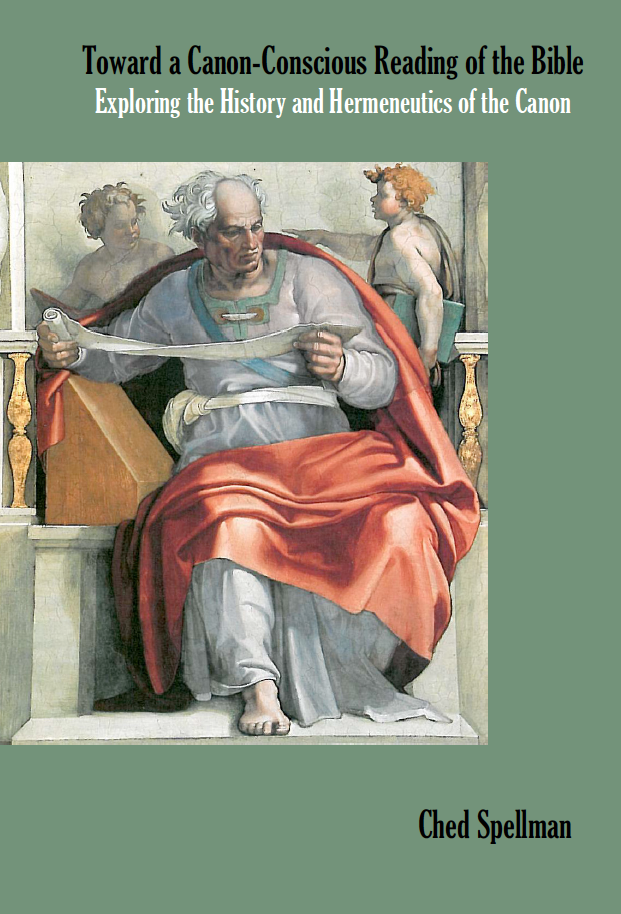
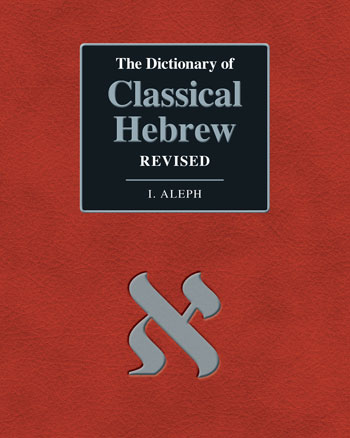
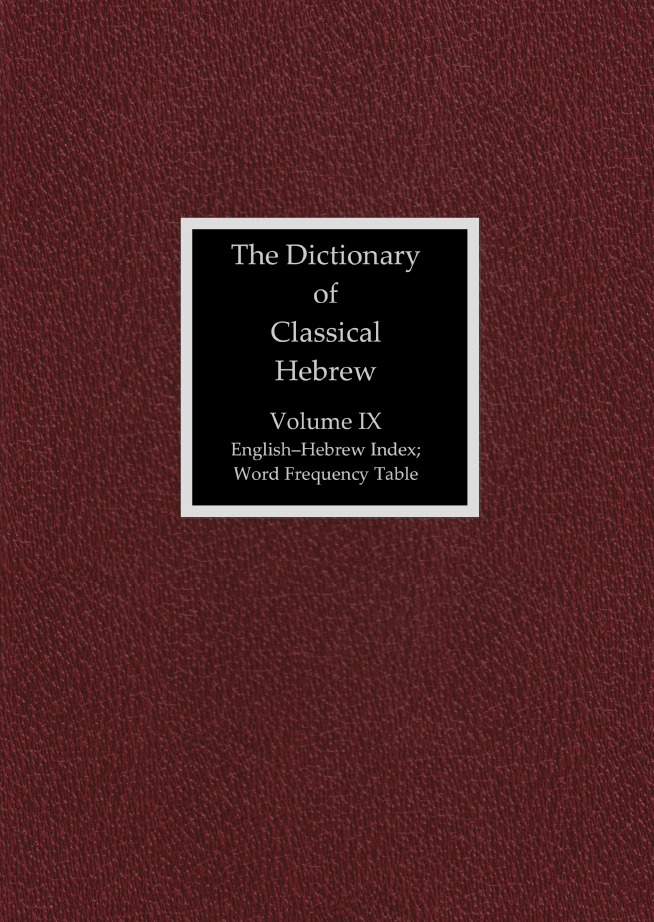

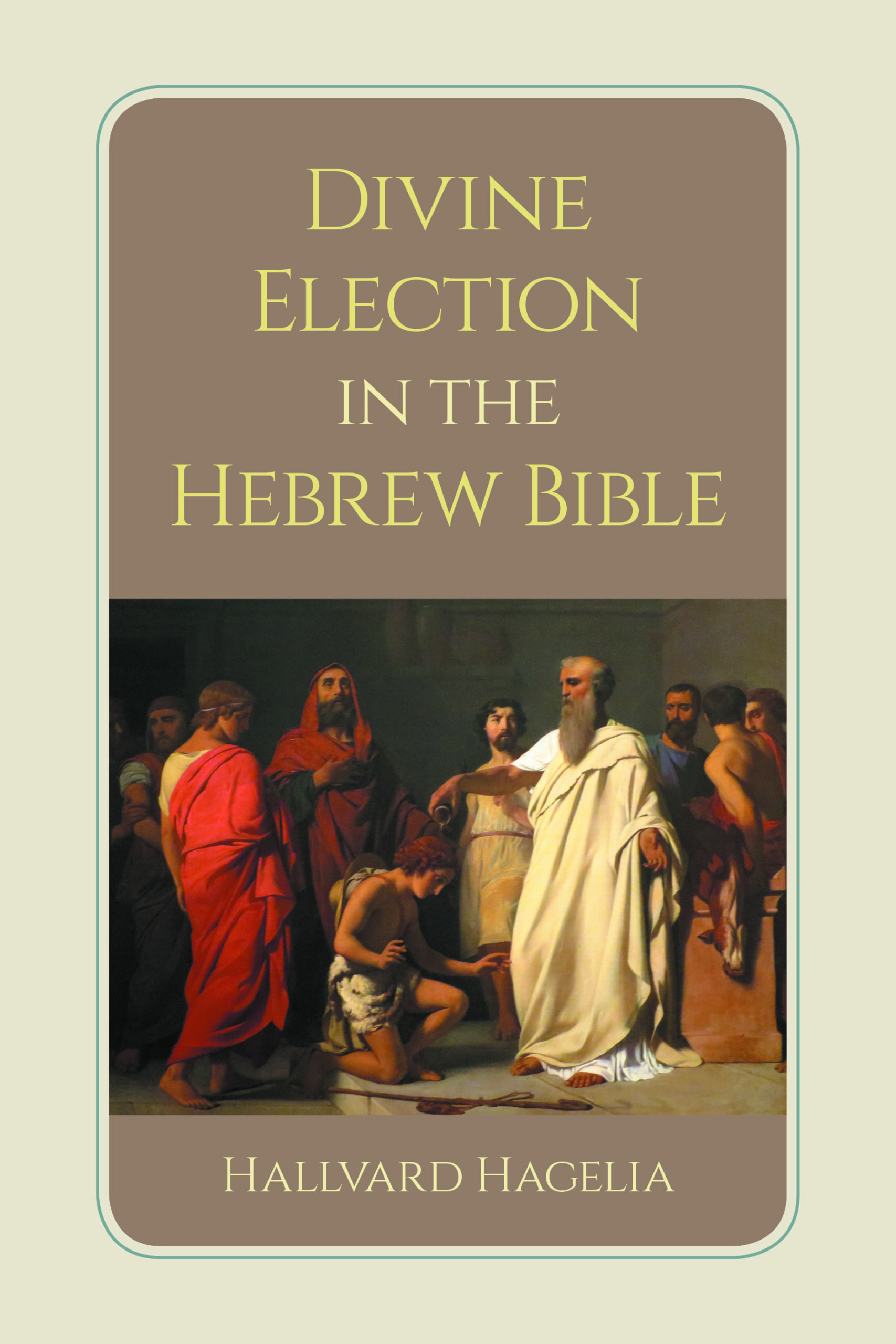
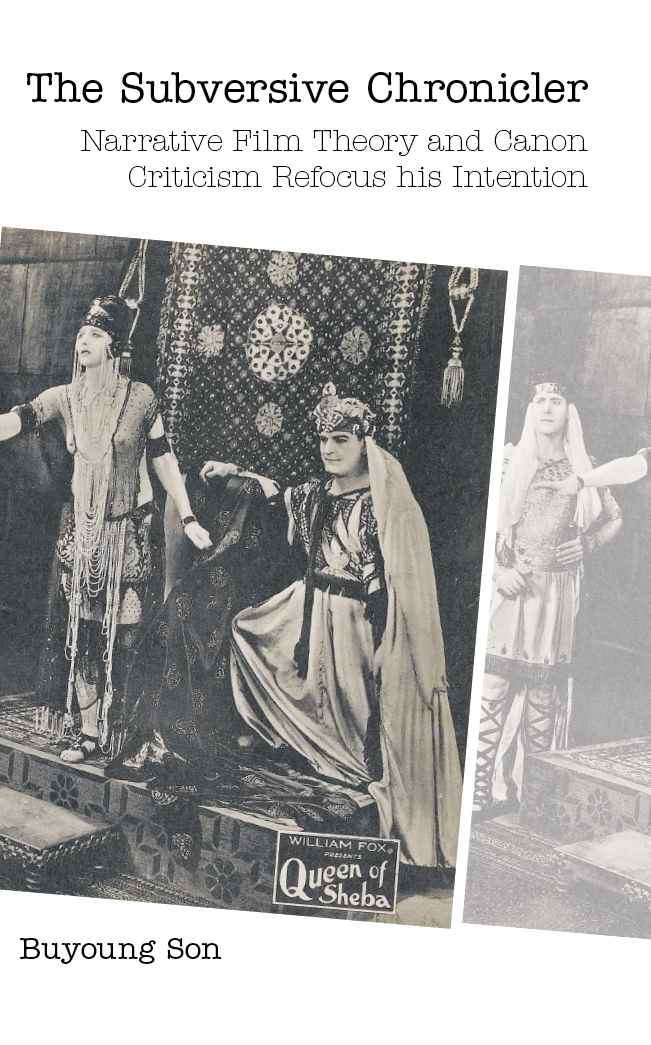
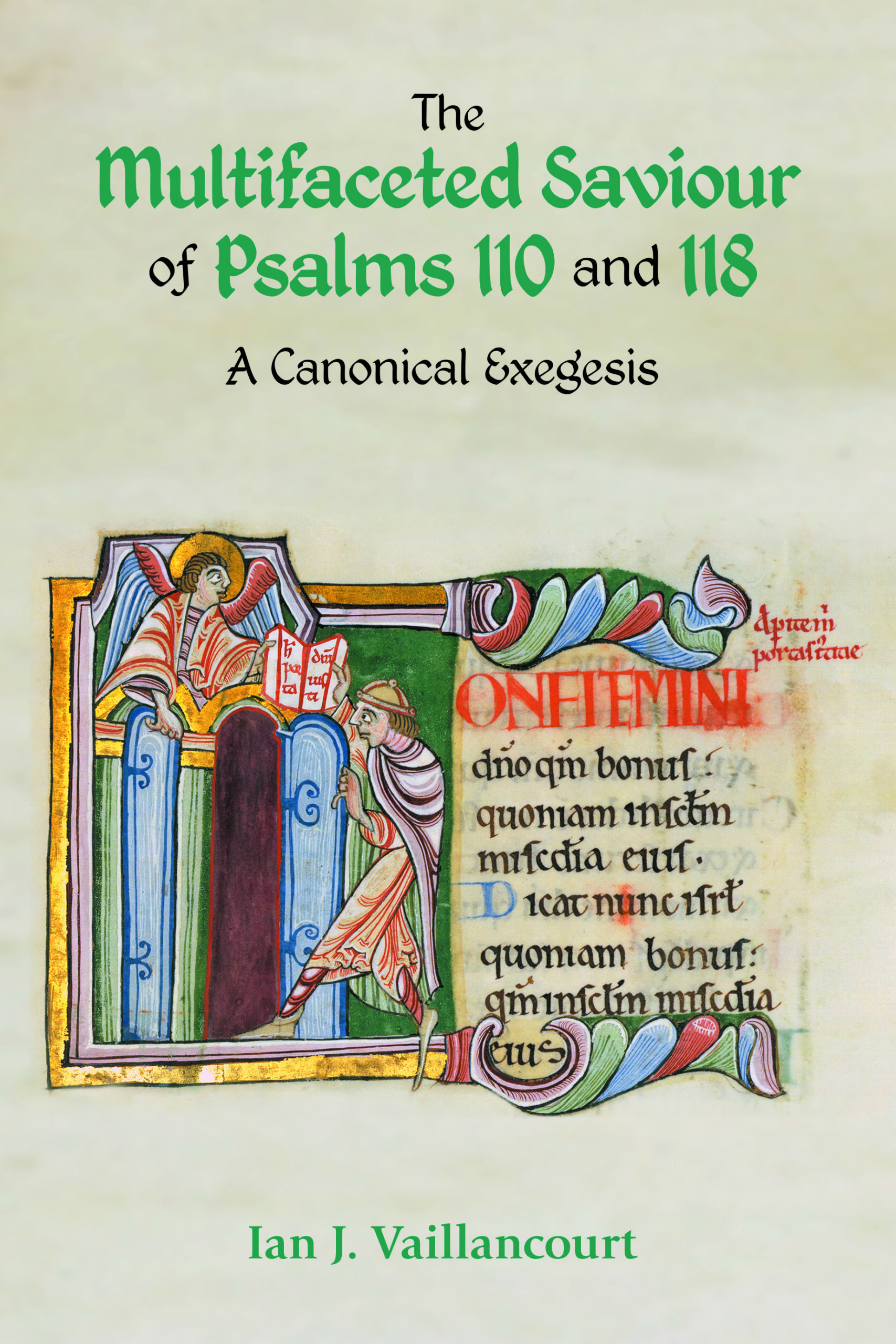
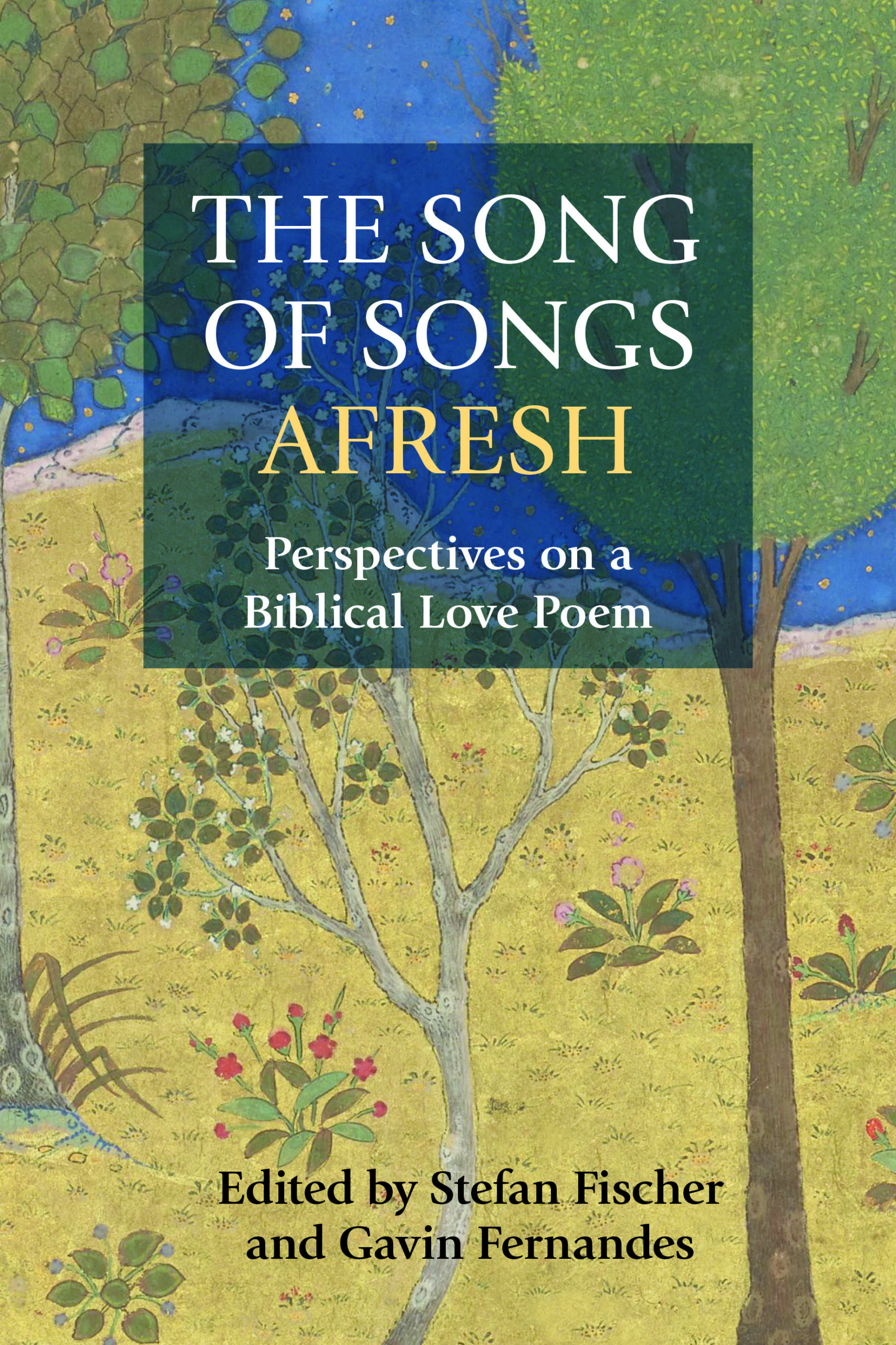
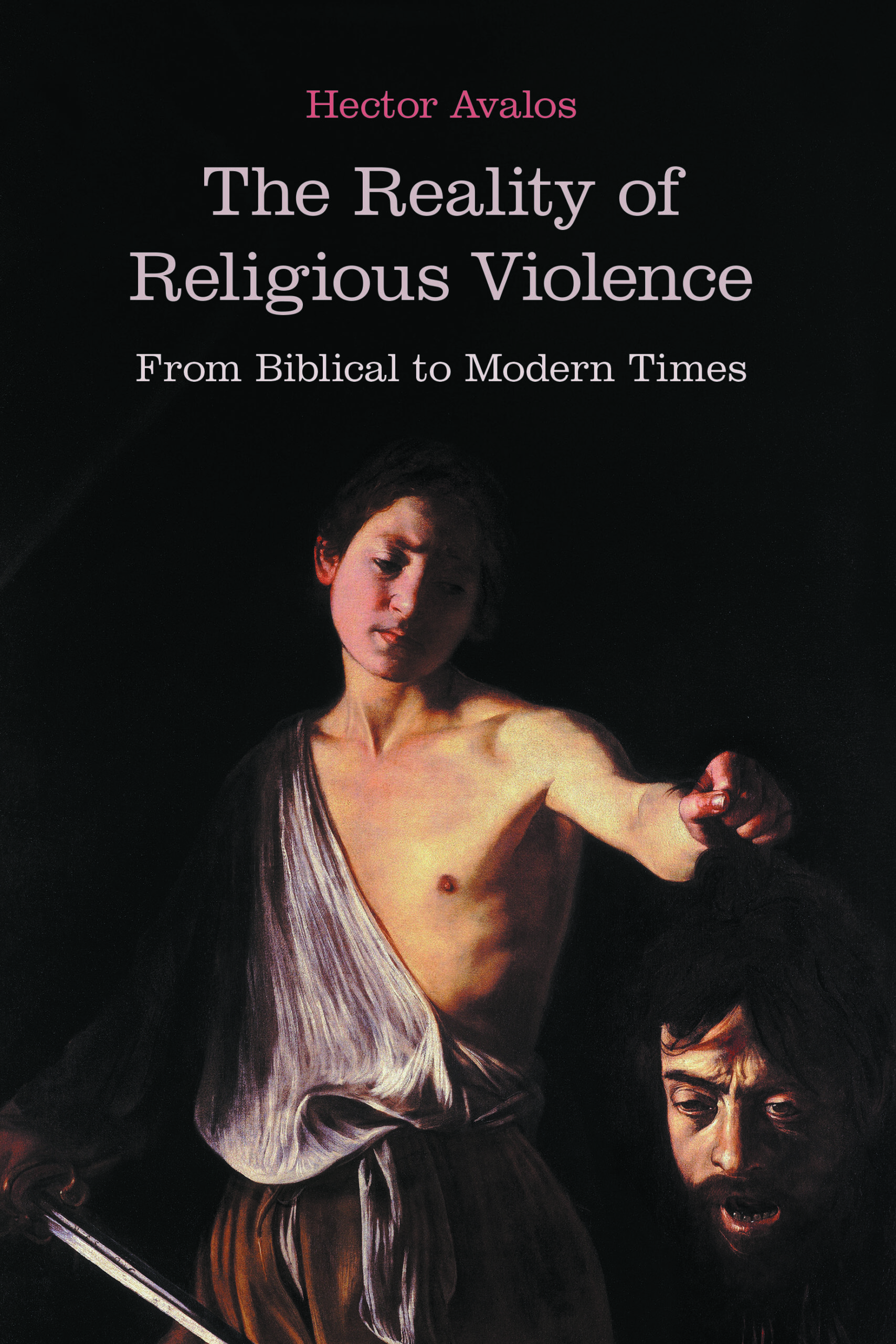
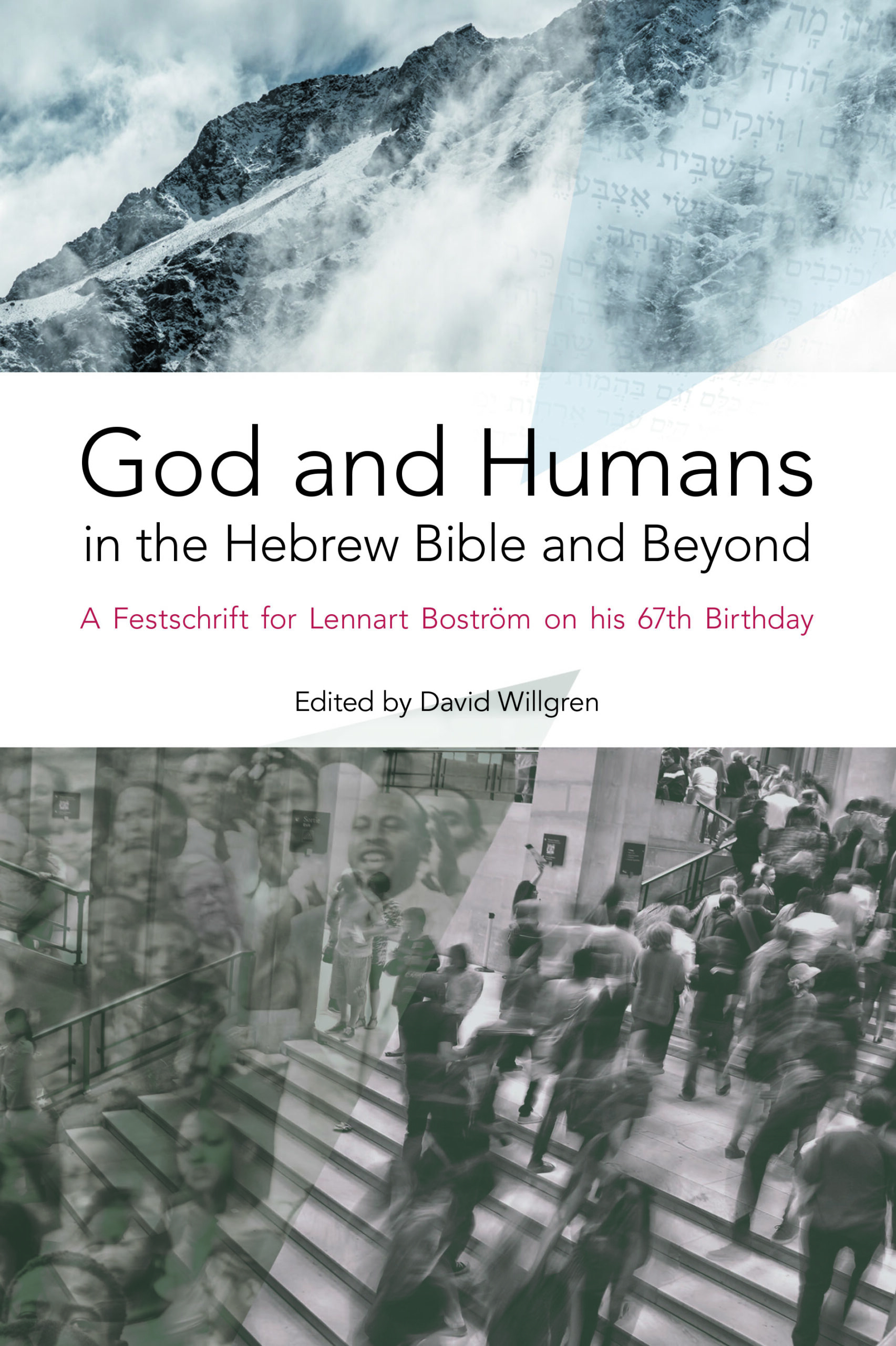
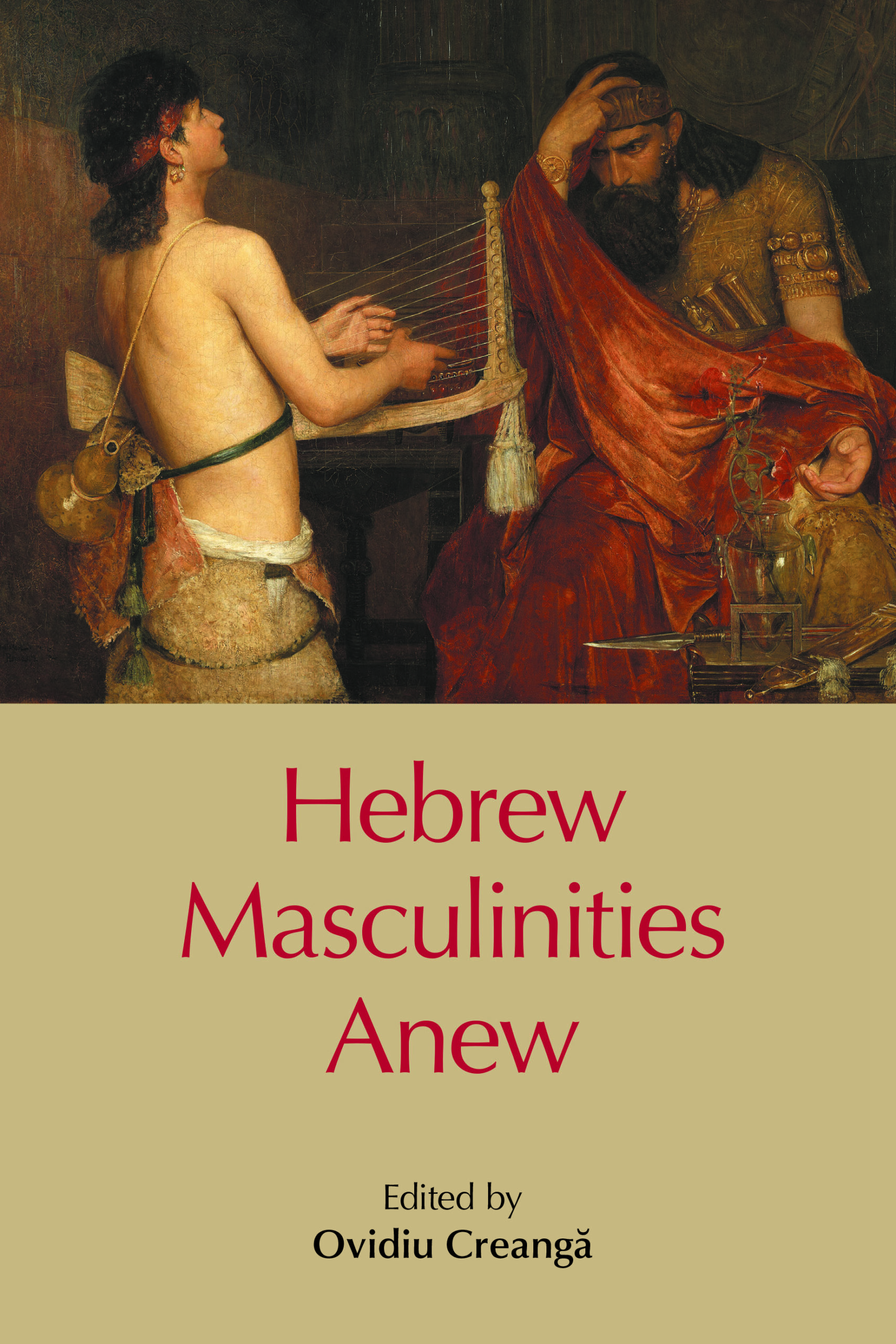
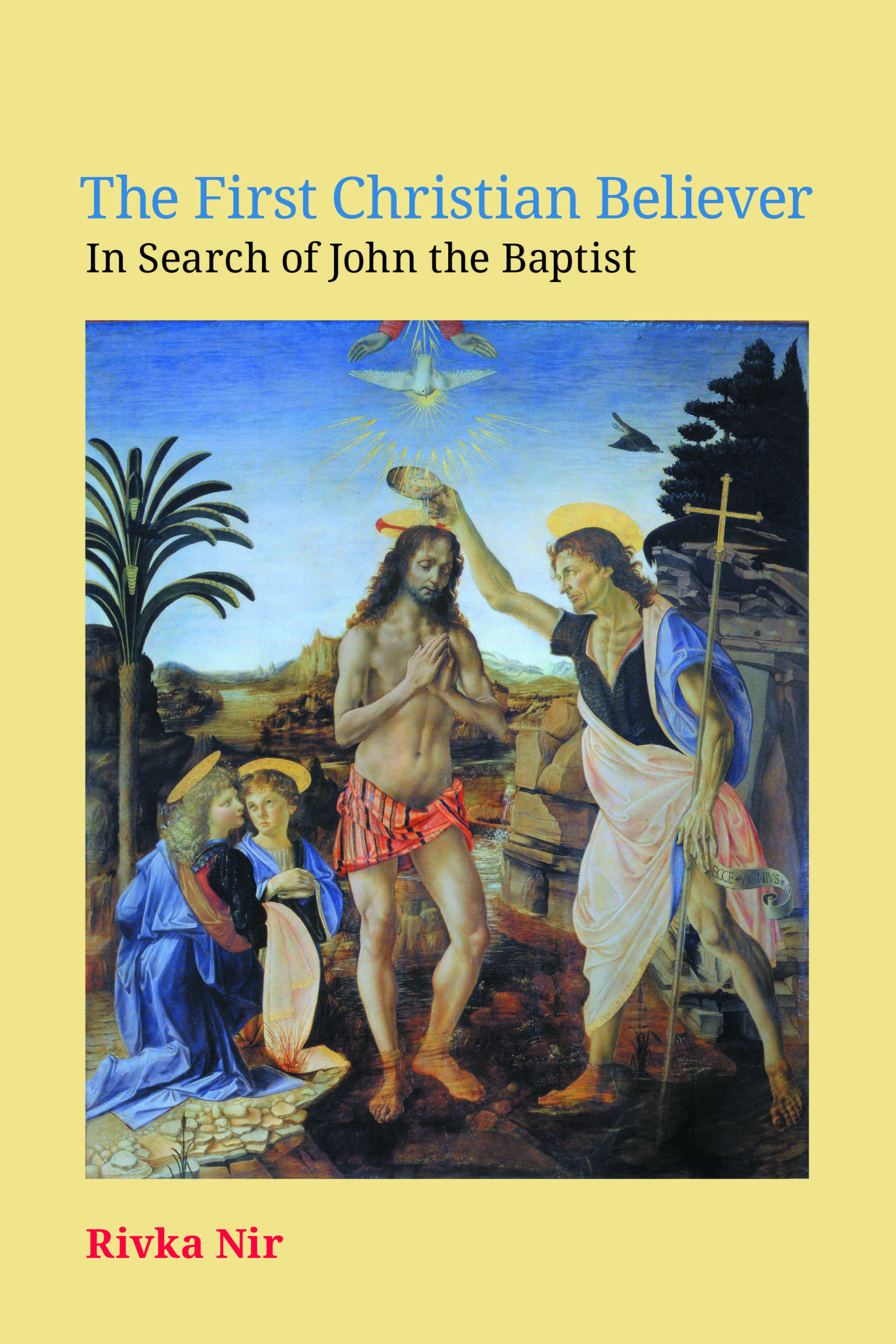
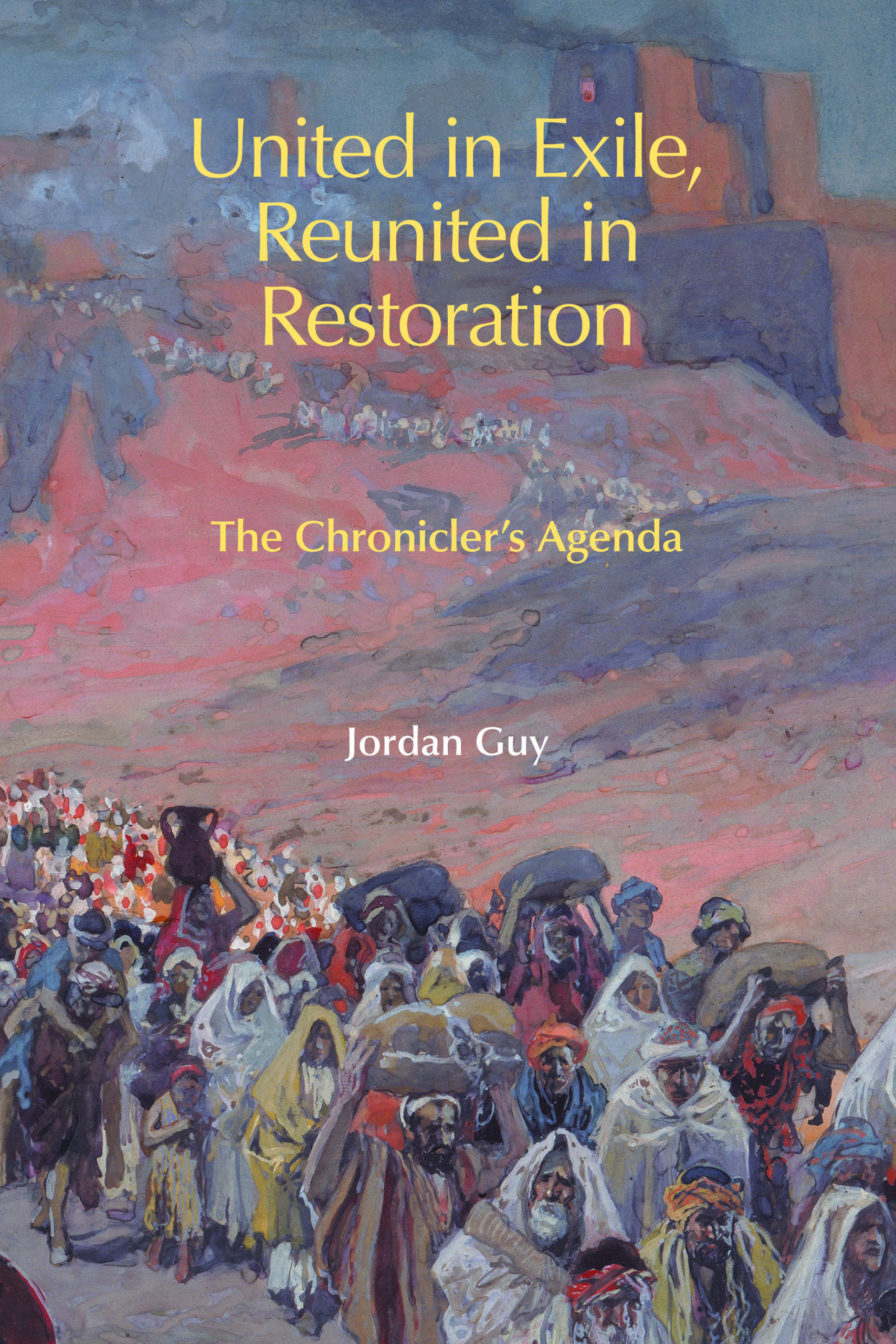
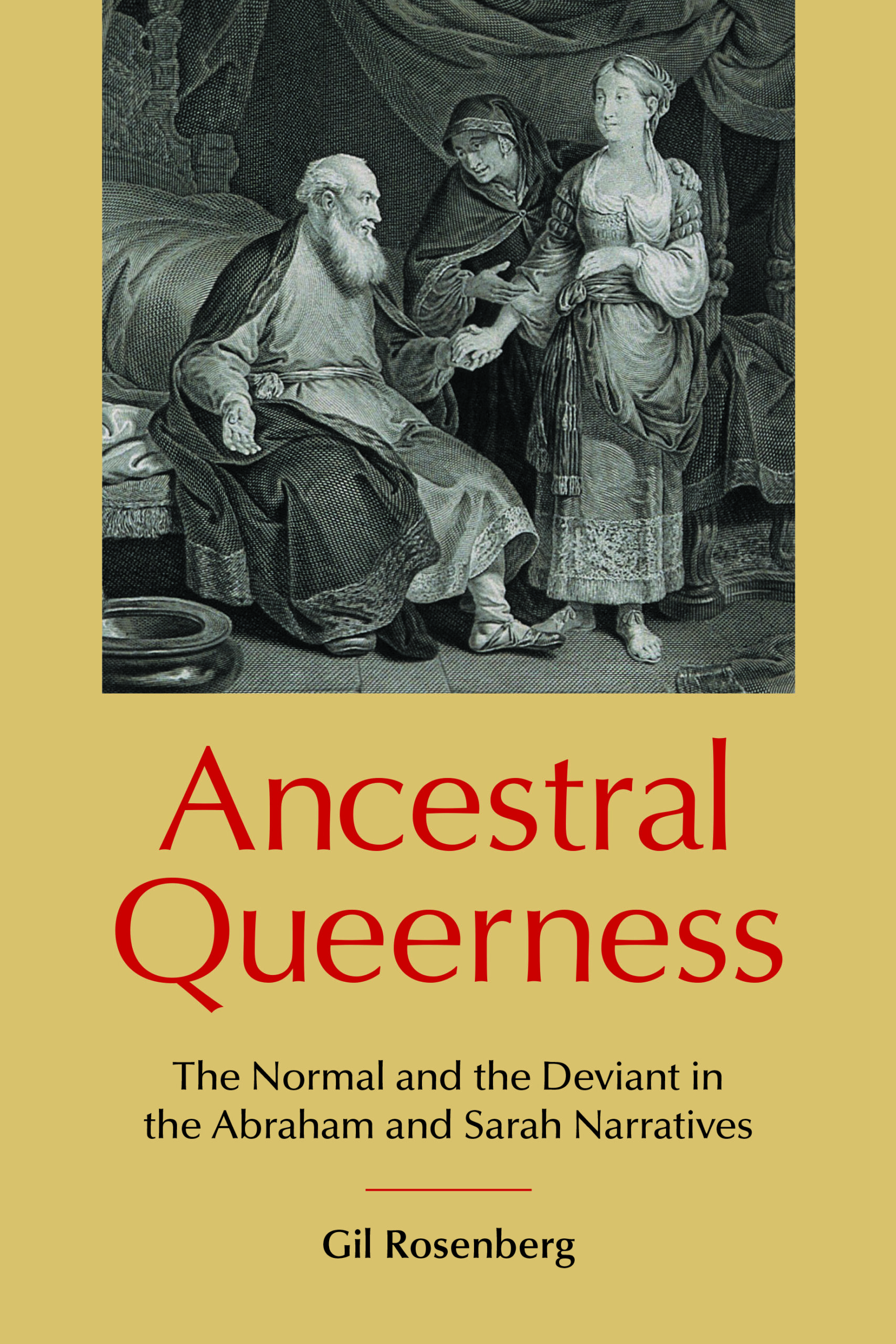

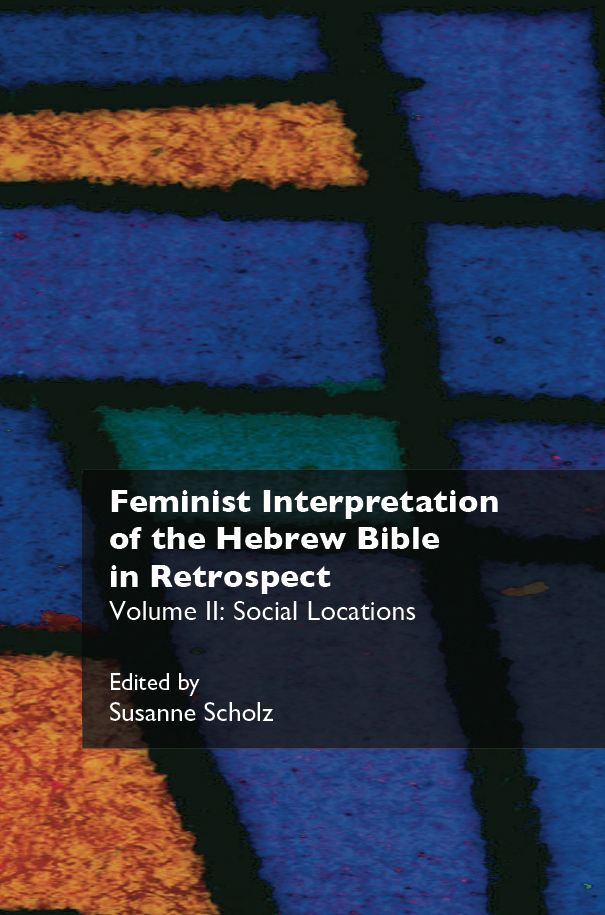

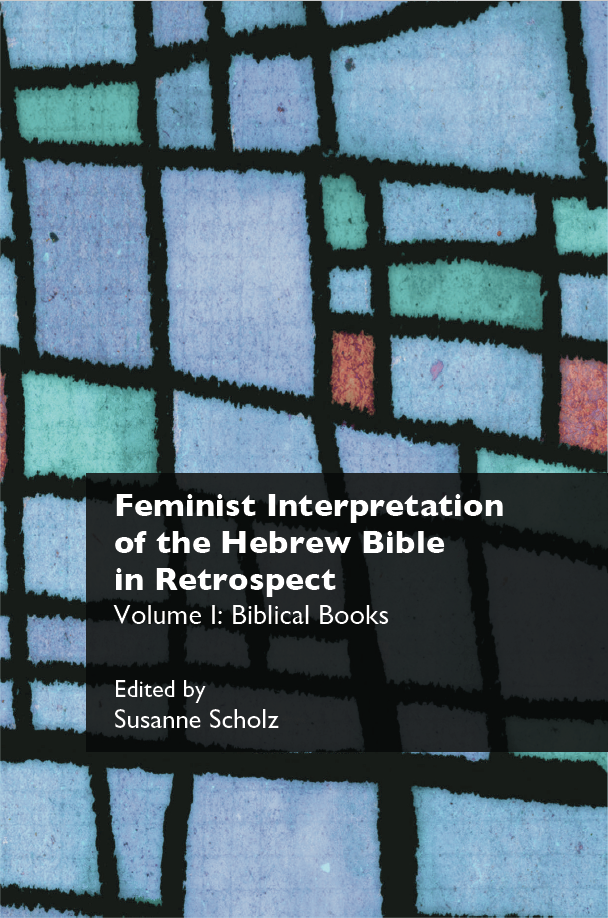
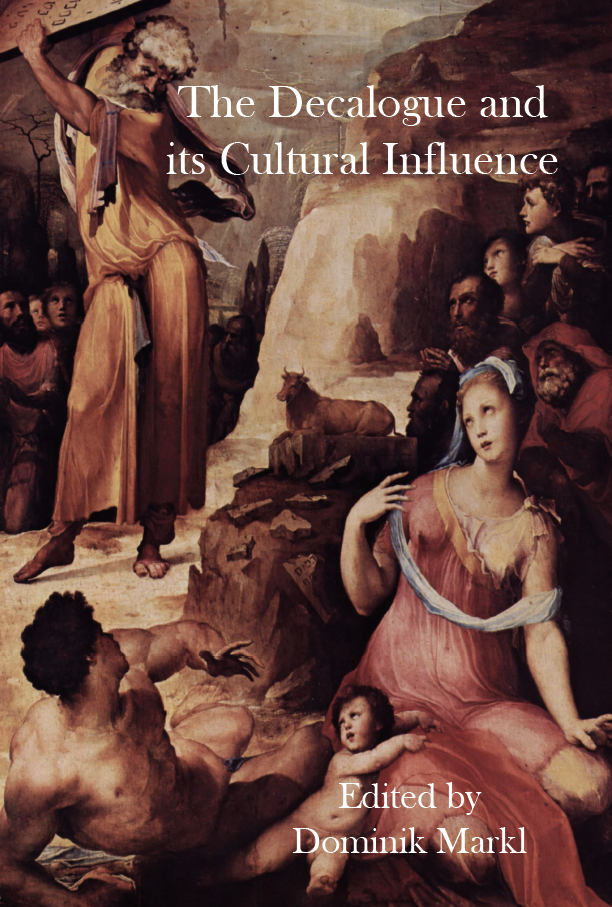
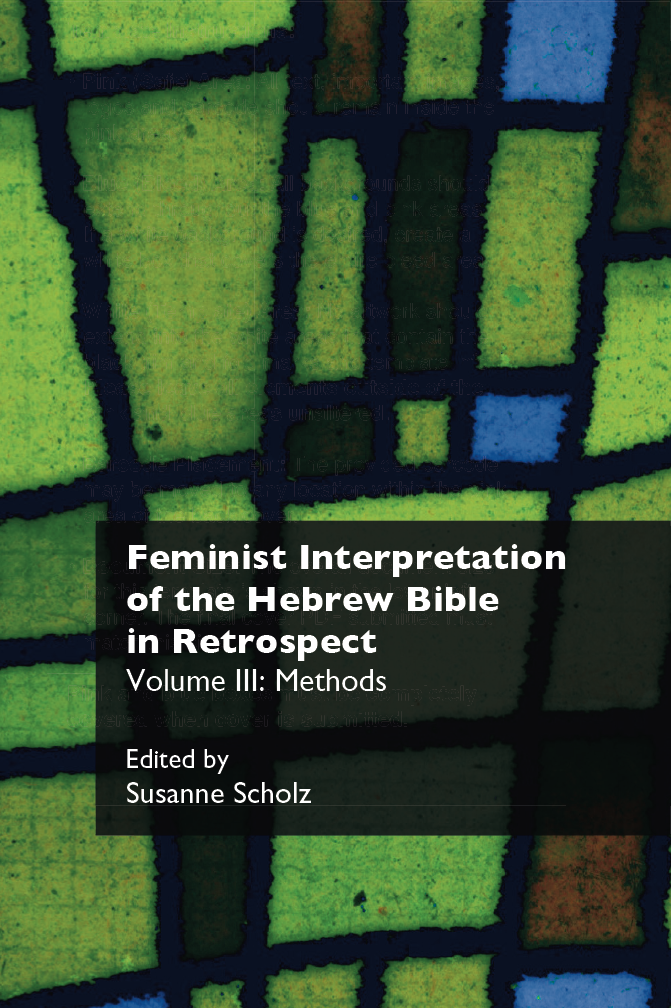
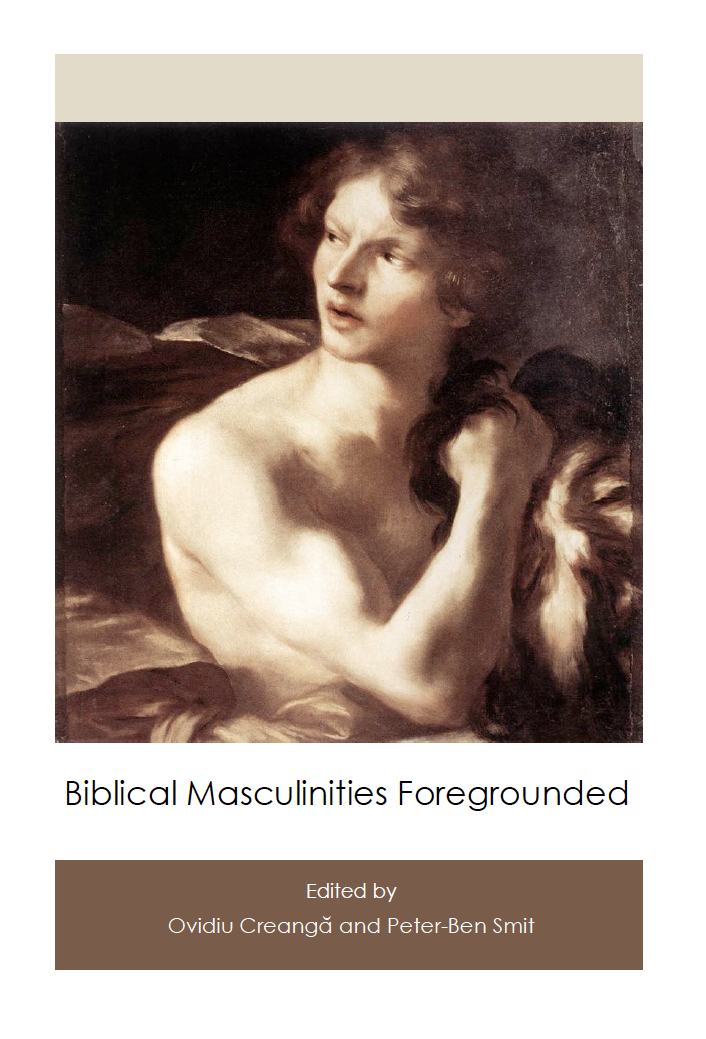
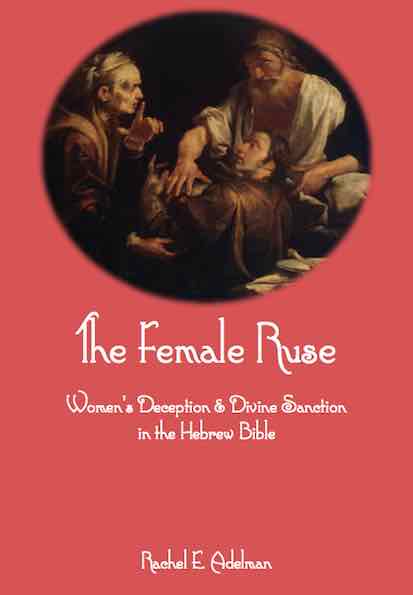
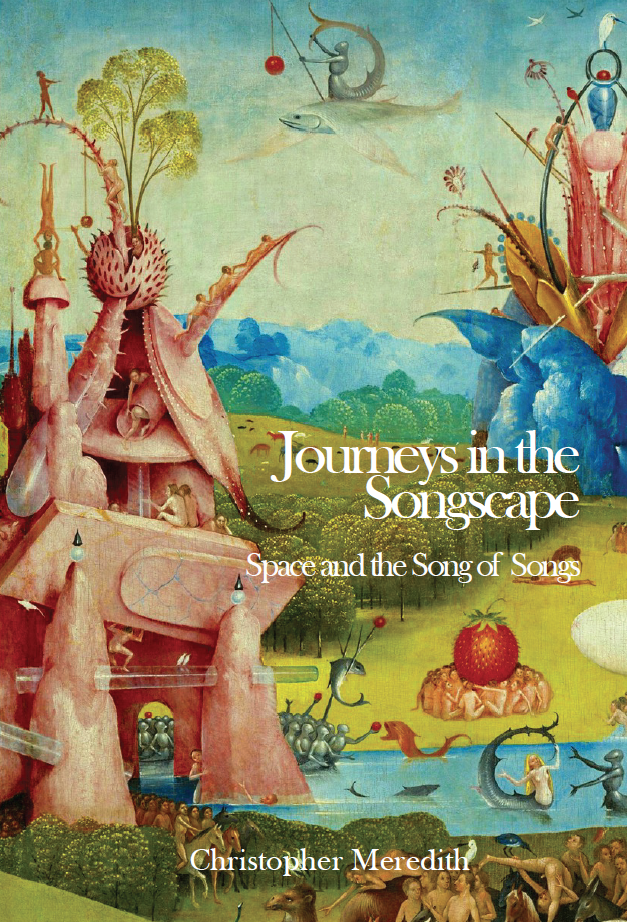
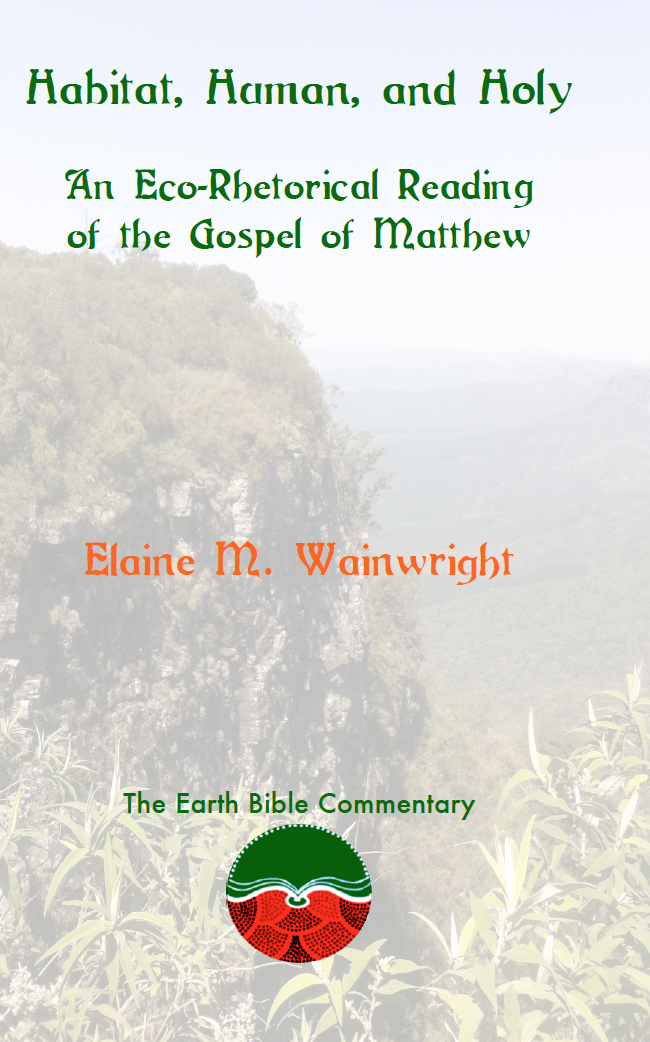
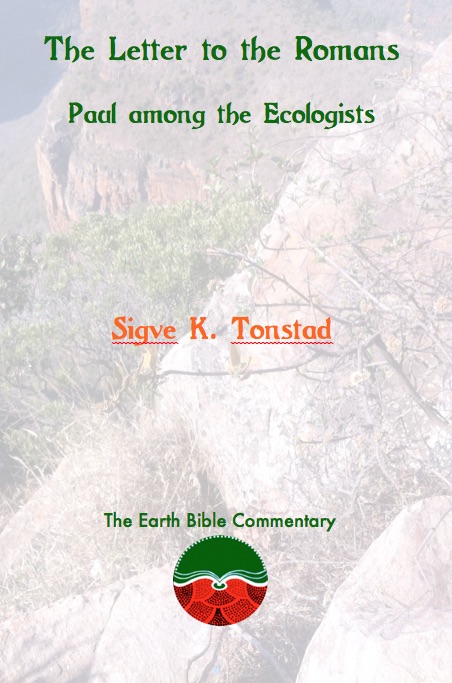
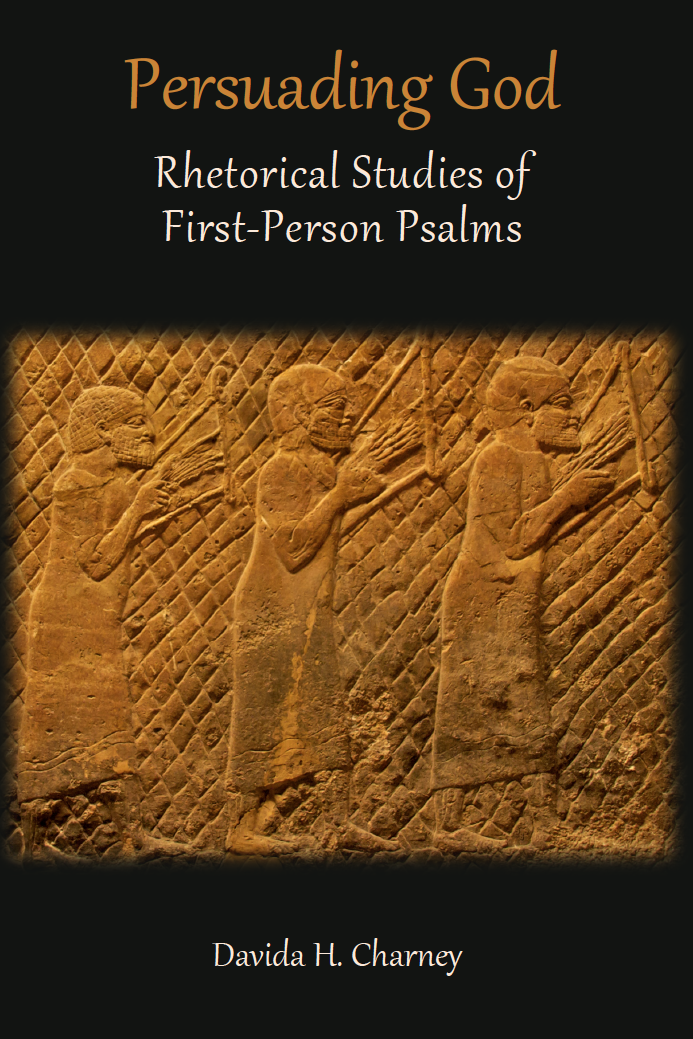
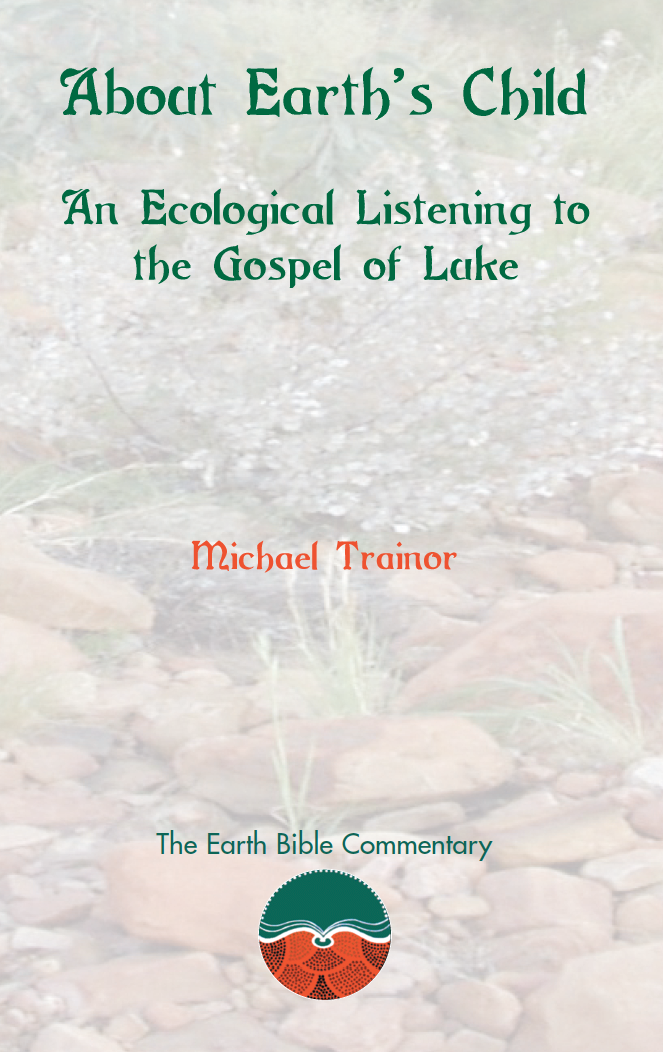
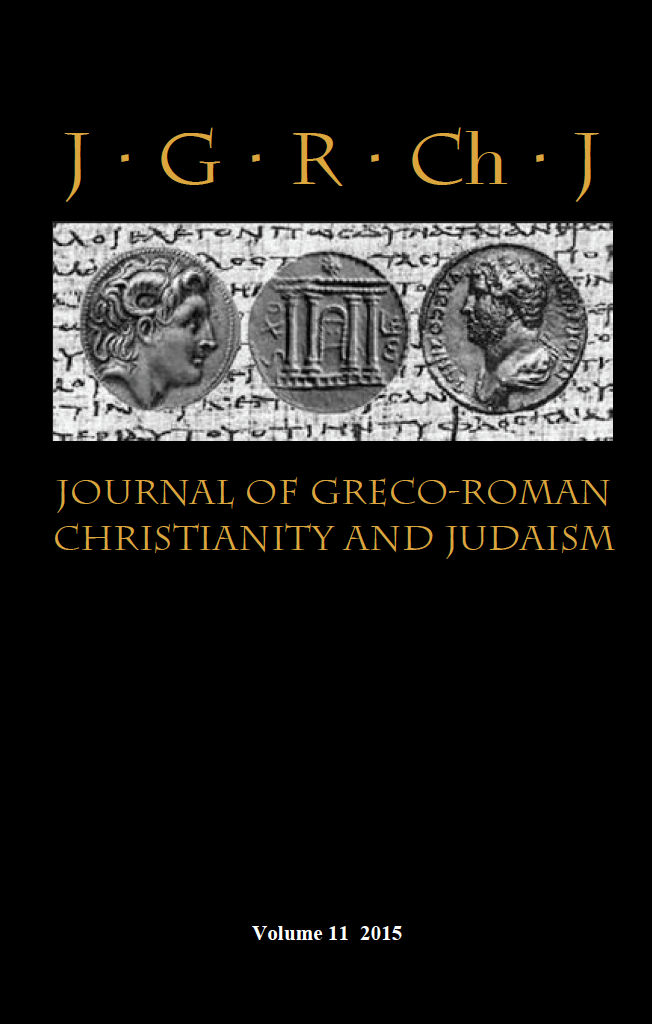

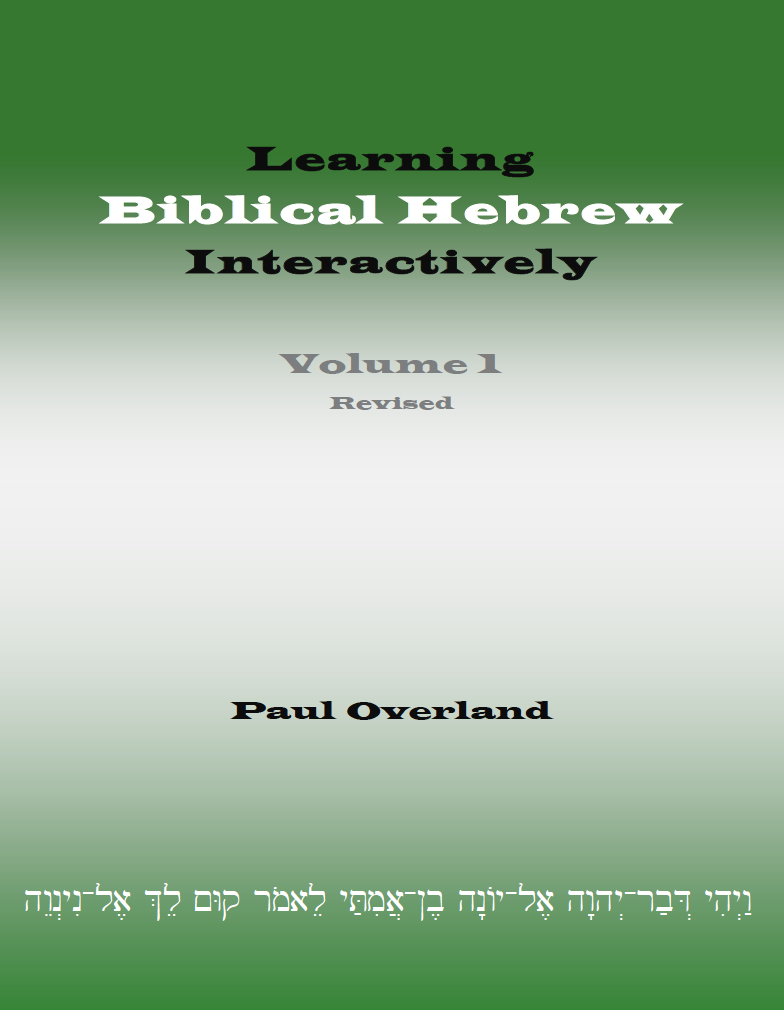

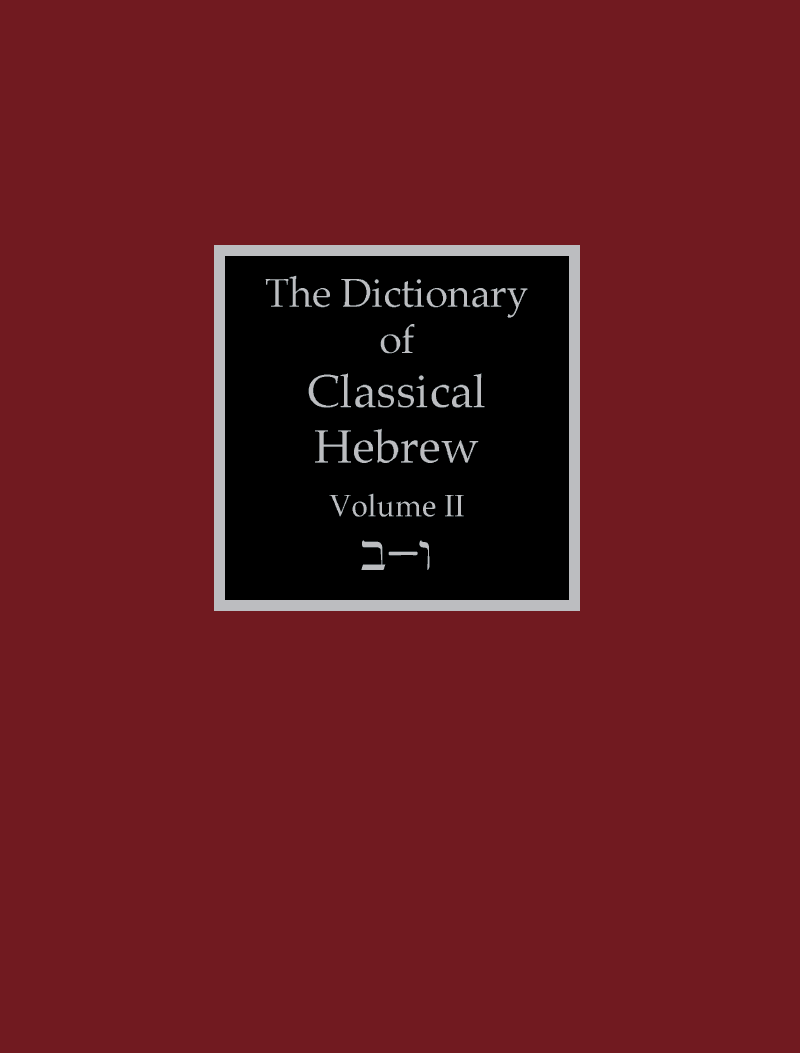


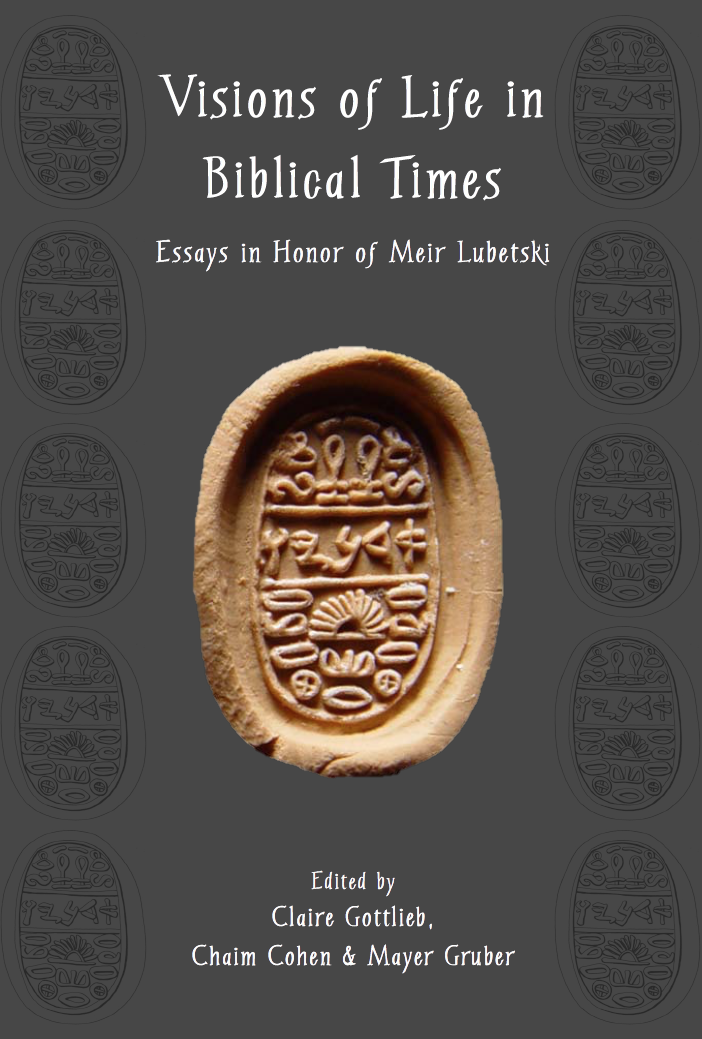


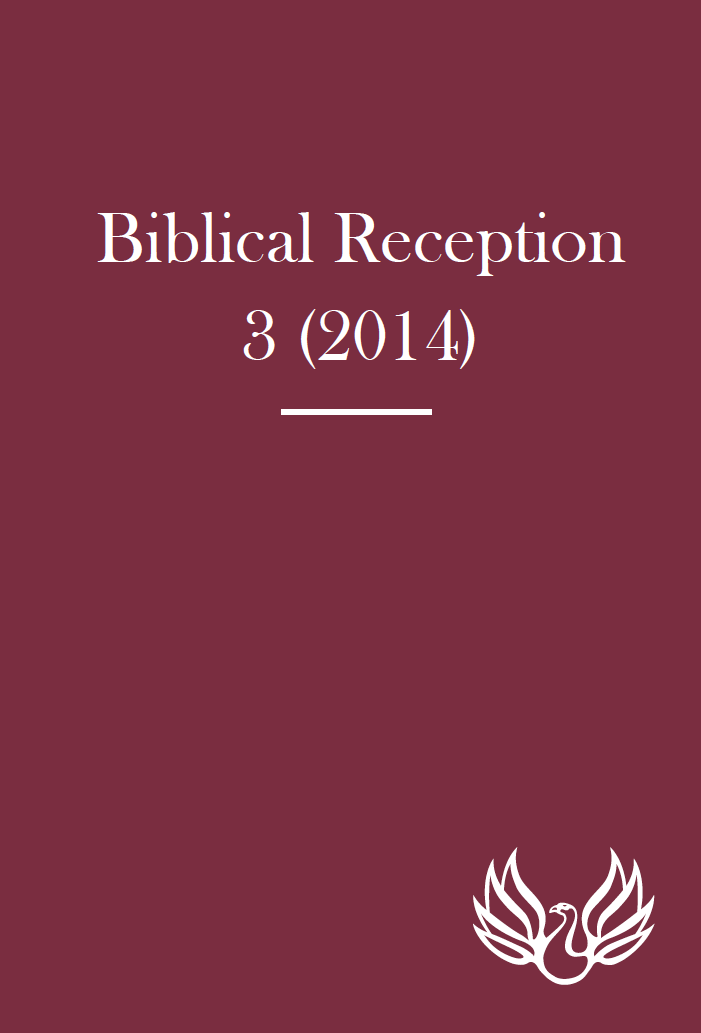
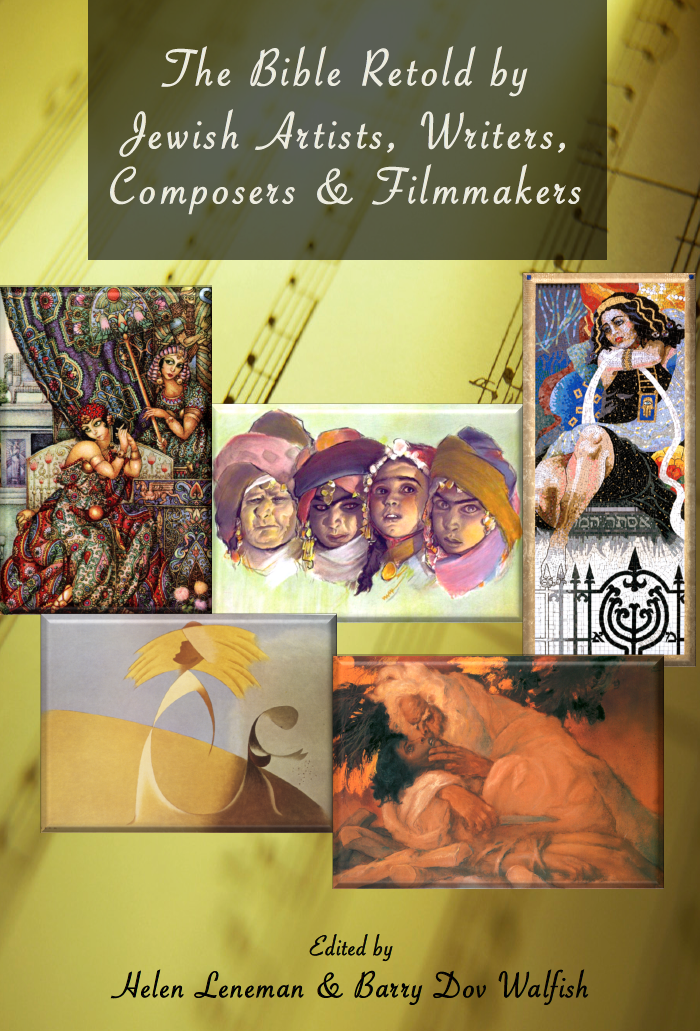
Ezra: A Commentary
Ezra: A Commentary